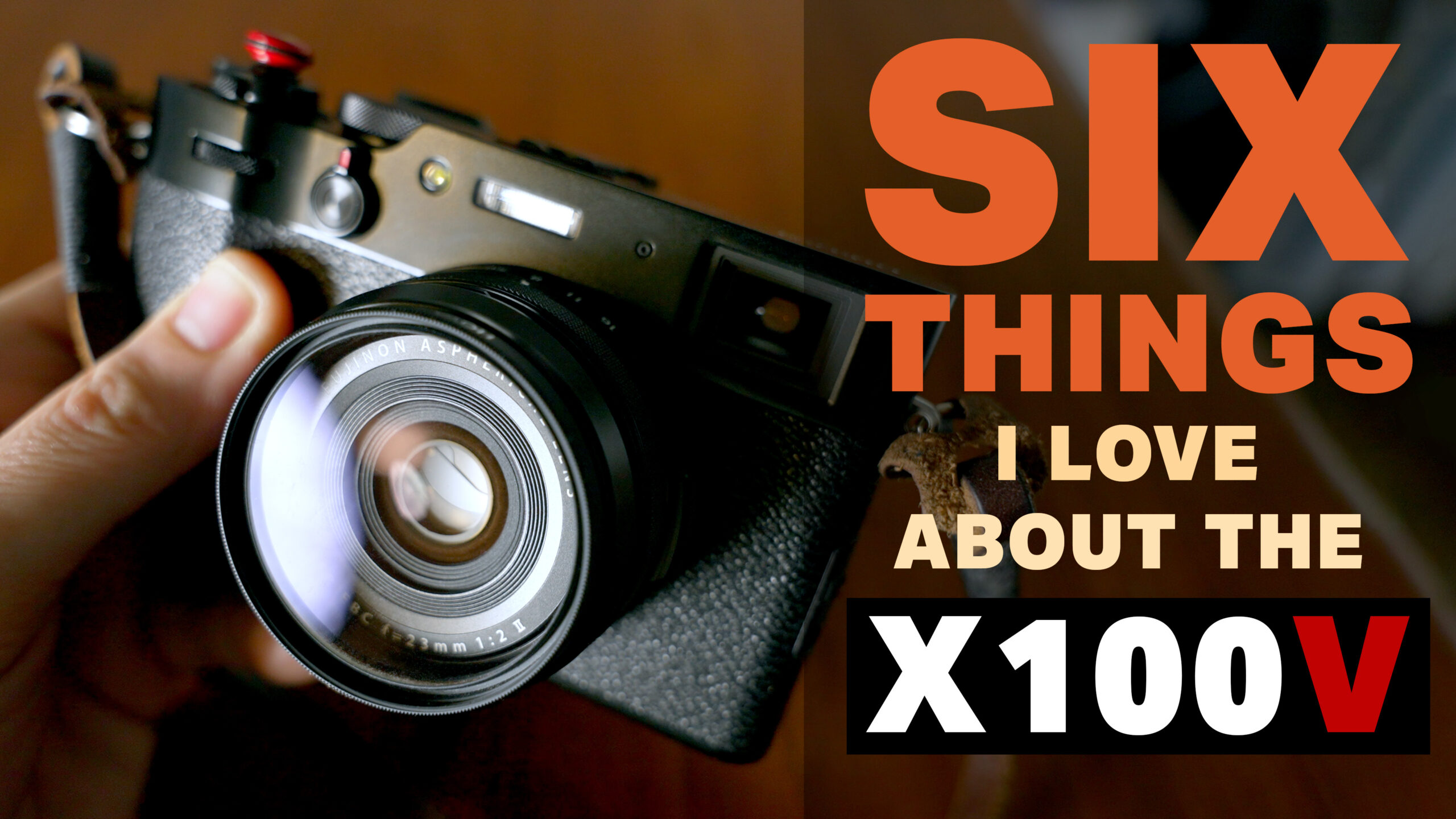I’ve been shooting for over 30 years and at this point in my life I can afford just about any camera I like. So why am I still shooting with a humble little X100V for street photography? This little camera has a lot going for it but there’s one thing that has me hooked! Hit the jump to read all about it!
Say Yes To The X100V For Street Photography!
I started my street photography journey with a Fuji X100S way back in 2013. I loved its retro vibe and in spite of some period-specific limitations, I got some amazing shots that really inspired me to keep shooting.
There was a brief love affair with a Leica M240 but when I reviewed the X100T it reminded me just how capable these little cameras were. So I sold the Leica and went back to shooting Fuji. Ya, the Leica was great and everything but it was a bit of a beast and I didn’t exactly love the idea of walking around with 10 grand worth of camera around my neck.
So the T did a great job for me. And when the X100F came out I took it to Havana for a week of shooting and produced some of my best work EVER! There’s just something about these little cameras that fits the way I shoot.
Fast forward a few years and I’m using the X100V for street photography. Is this the best X100 so far?
Well, ya!
And while it’s just an evolution of the original design, a few things really stand out for me!
The Finally Fixed The ISO Dial
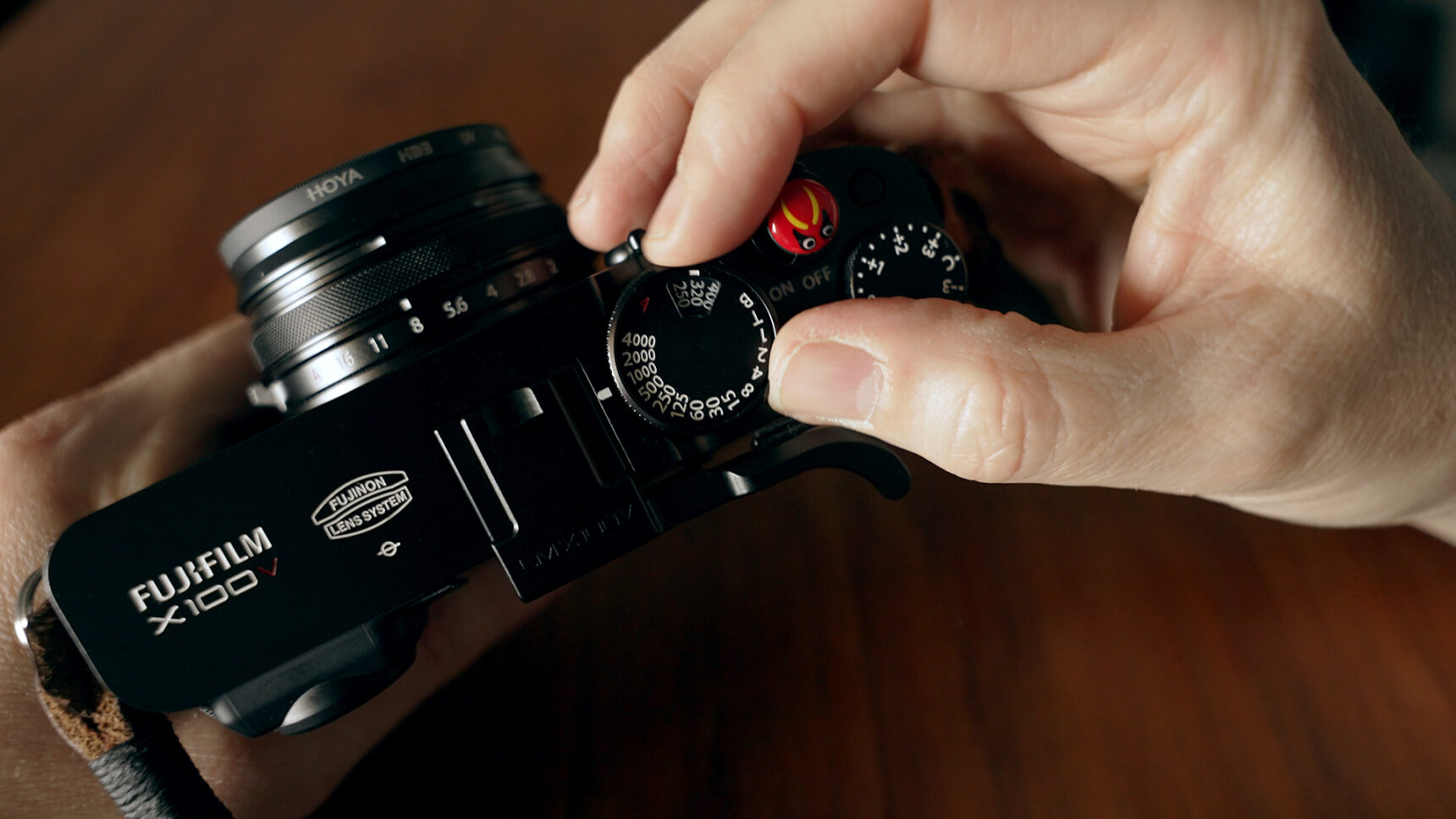
Fuji embeds the ISO adjustment in the shutter speed dial on the X100 and XPro series of cameras. The idea is you pull up on the outside of the shutter speed dial to adjust the ISO. Sounds good on paper but it’s always been super fiddly and difficult to use.
And I hated it.
But Fuji made one very small change to the way this dial works with the X100V and it makes all the difference in the world. Now when you pull up on the outer ring it stays up. This lets you quickly adjust ISO with one hand while the camera is hanging around your neck. When you’re done? Pop it back down and you’re back to shooting.
This is infinitely more usable! And I have to admit that I really don’t mind it now.
So that’s good!
It’s Weather Resistant, Baby!
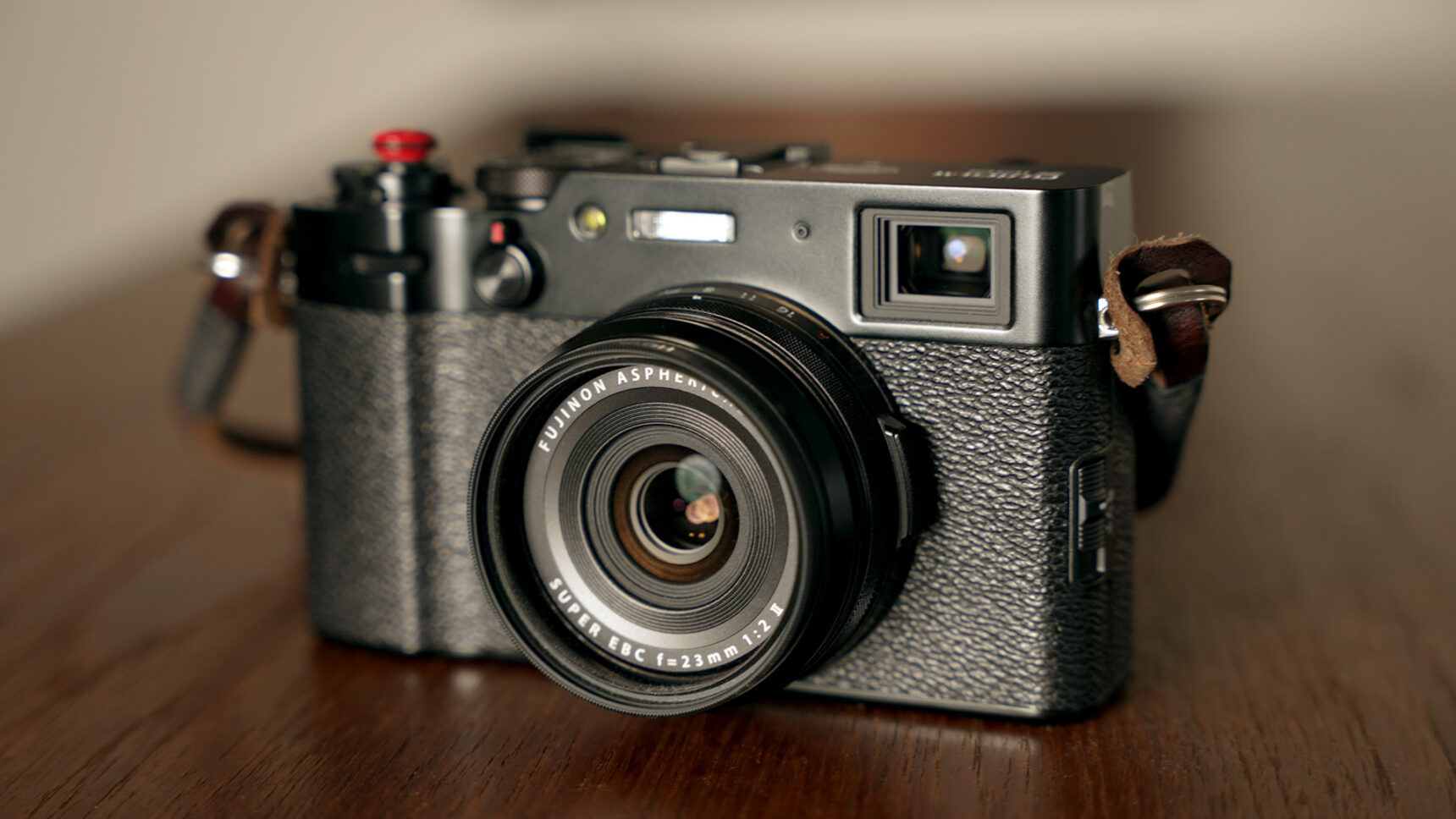
The Fuji X100V is finally weather resistant!
Finally!
According to Fuji, you still have to add the AR-X100 Adapter Ring and a protective filter to get it all sealed up but that’s how I use all my x100 cameras anyway. I throw away the lens cap and keep the camera in my bag with just a protective filter on the lens. Then whenever I take the camera out of the bag I’m ready to shoot without fumbling with a lens cap that always seems to get in the way.
BECAUSE YOU CAN’T TAKE PICTURES WITH THE LENS CAP ON!
So for me at least I didn’t need to add anything new. And now I’m living in weather resistant heaven.
NOW. The X100V is NOT waterproof… It’s “weather resistant”.
So I’m not going swimming with this camera but it’s an extra layer of comfort that means I don’t have to scramble to put the camera away every time there’s a hint of rain.
And that’s not terrible at all.
That All-New Fujicron Lens
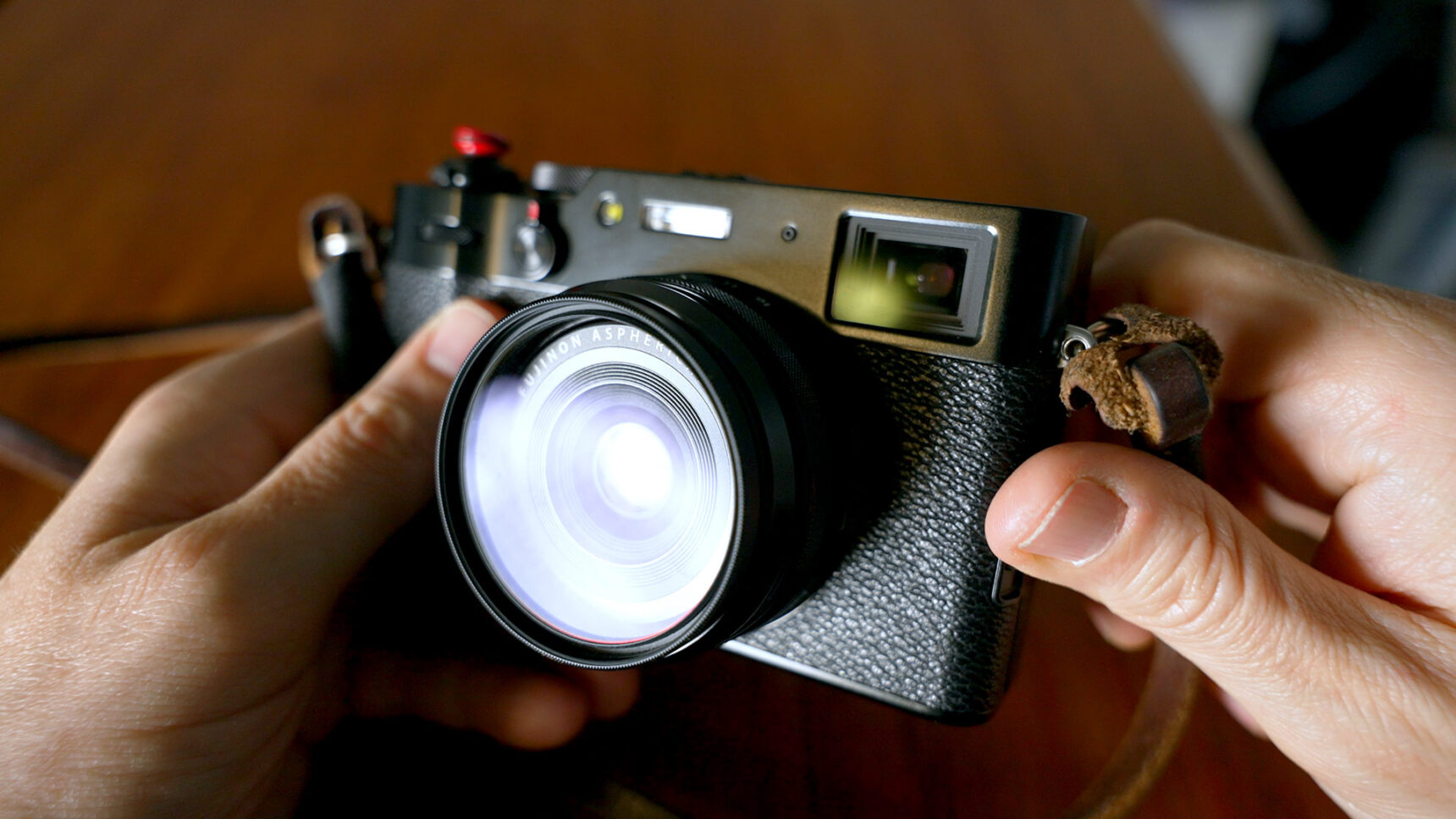
This is the first time the lens design has been modified since the original X100. It’s an all new optical formula that adds one more aspherical element and the focusing motors are a touch faster too.
The older lens design had issues when focusing close but apart from correcting glaring problems like that the new Fujicron shines in its own way. Colors are alive and vibrant and there’s plenty of that Fuji pop.
X100V Color Gallery
Here’s a few color shots I took with my X100V – Have a look and judge for yourself!
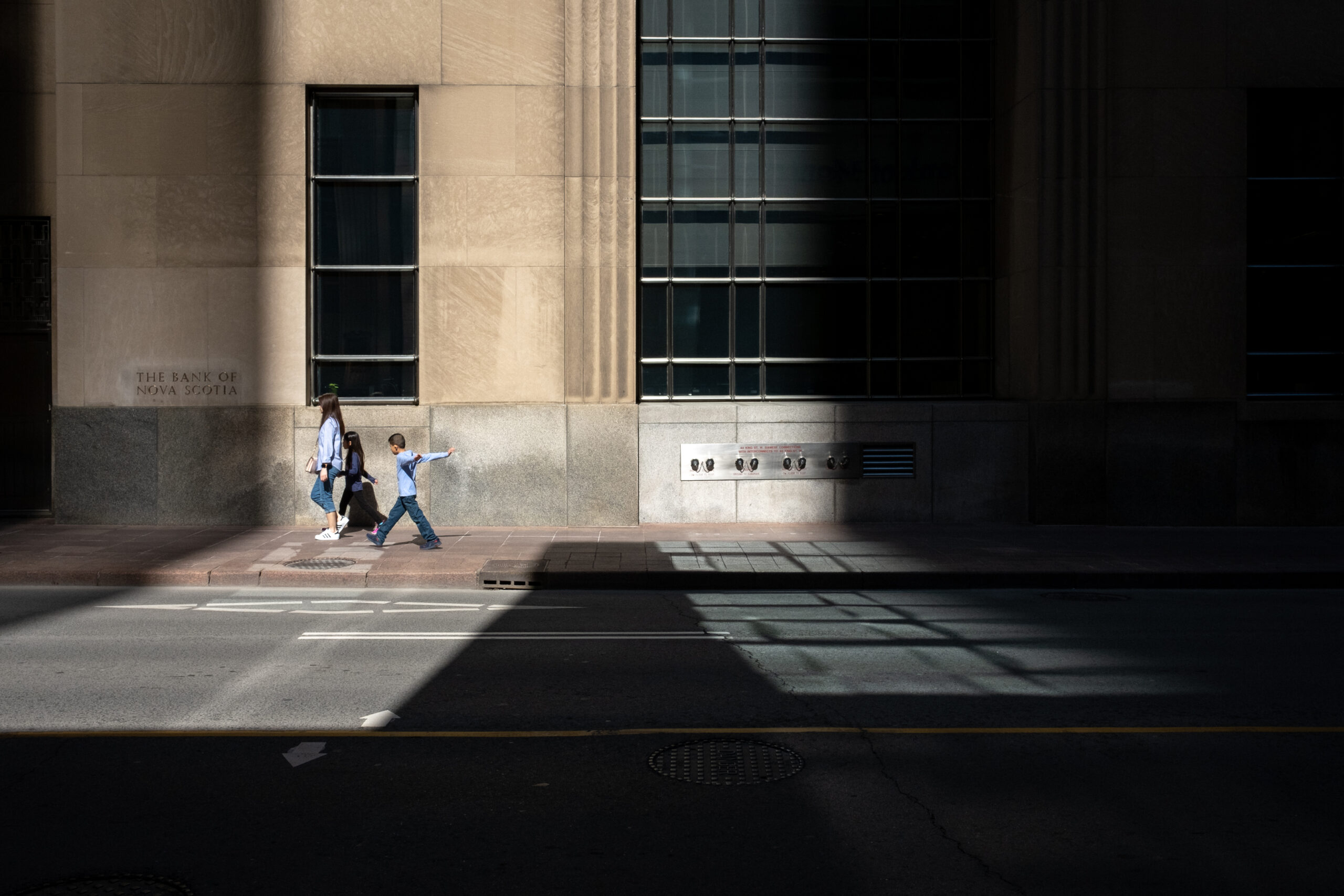
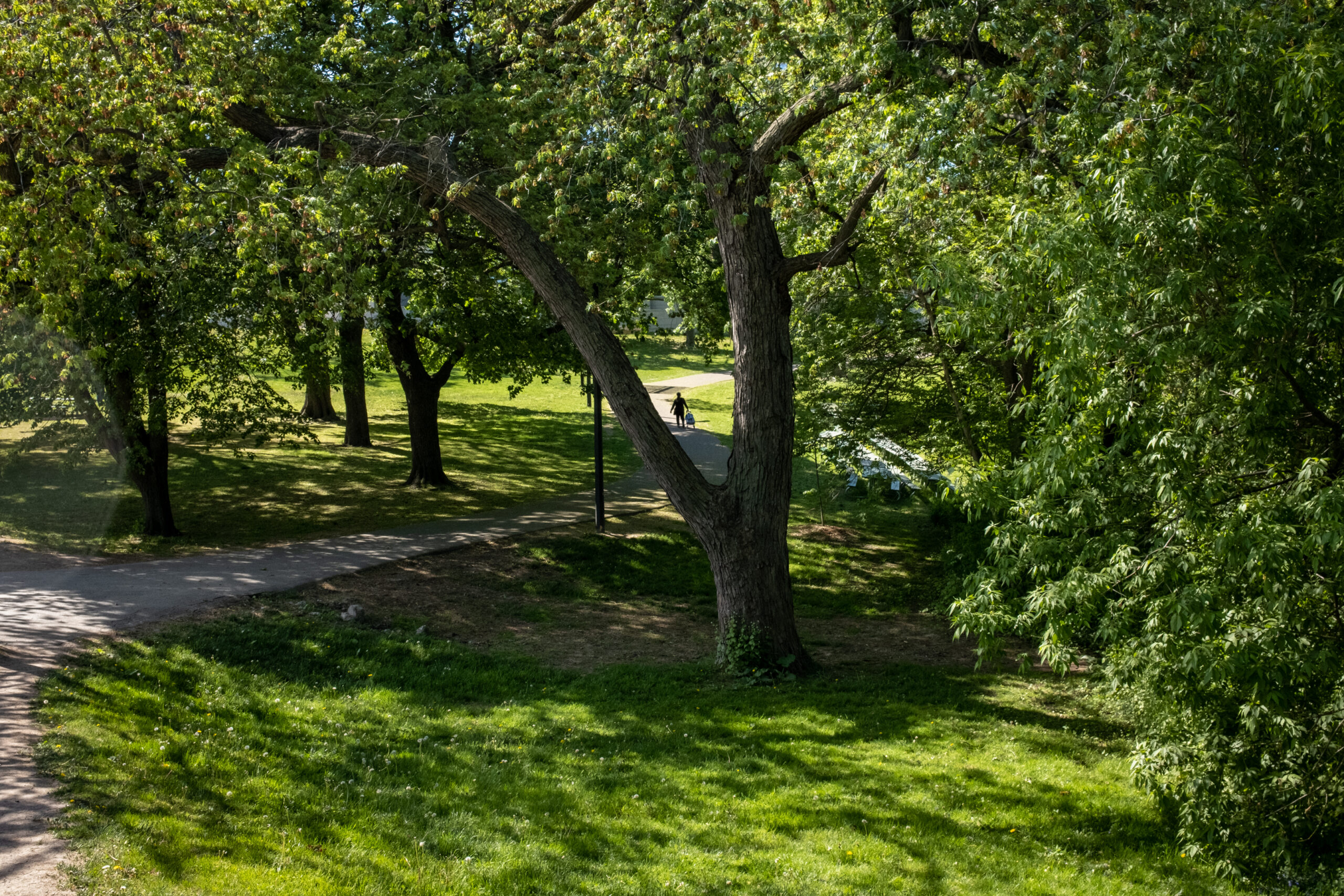

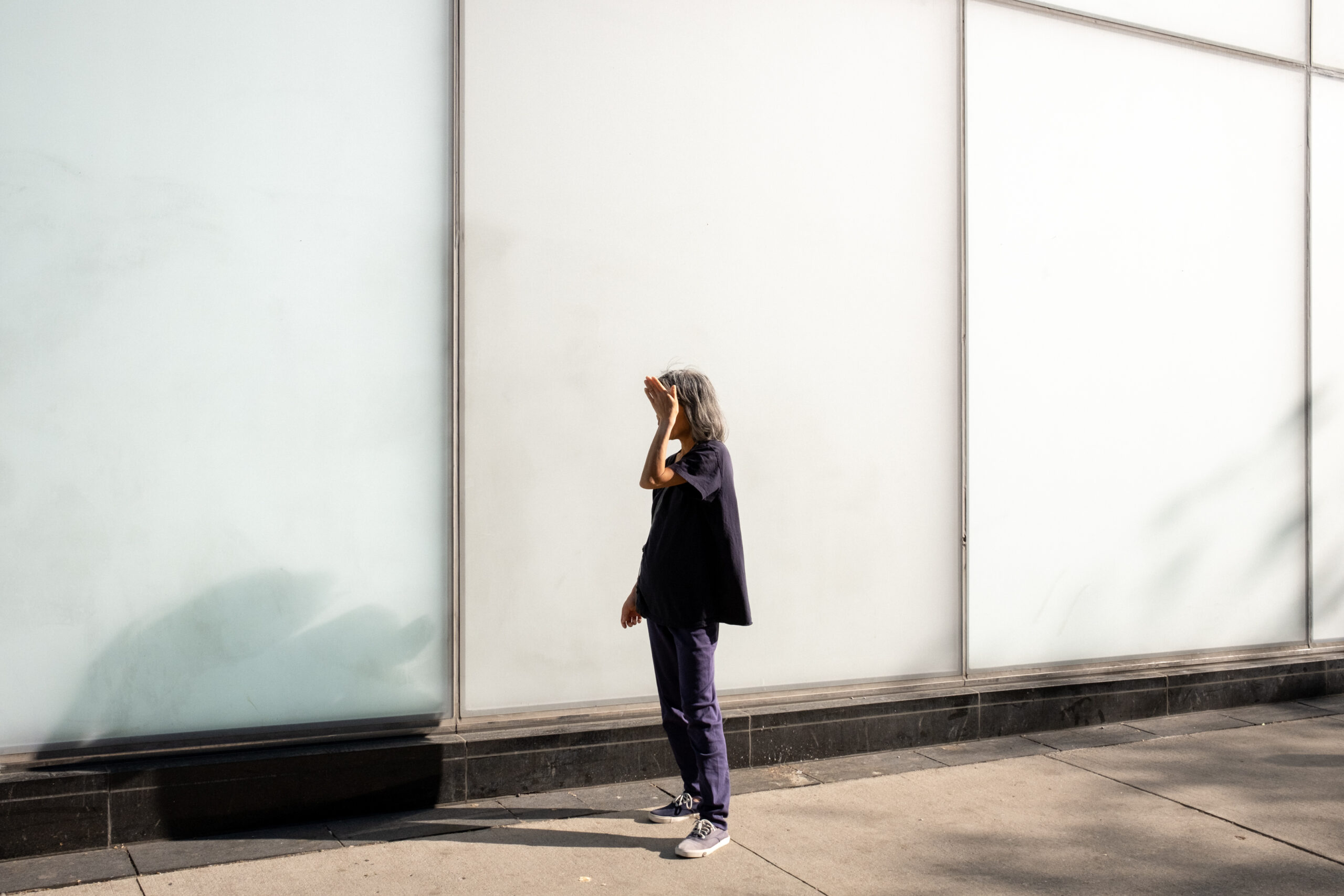
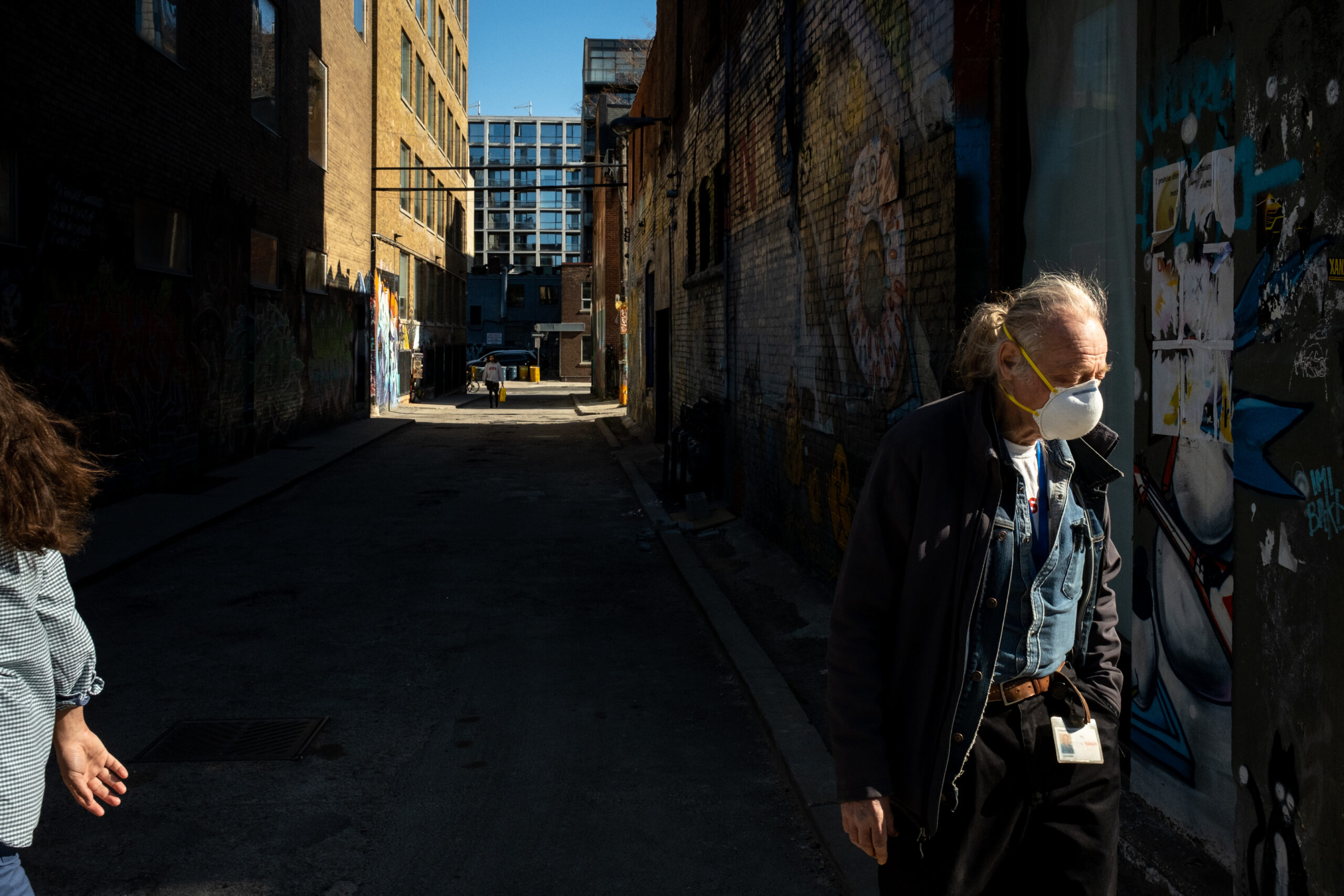
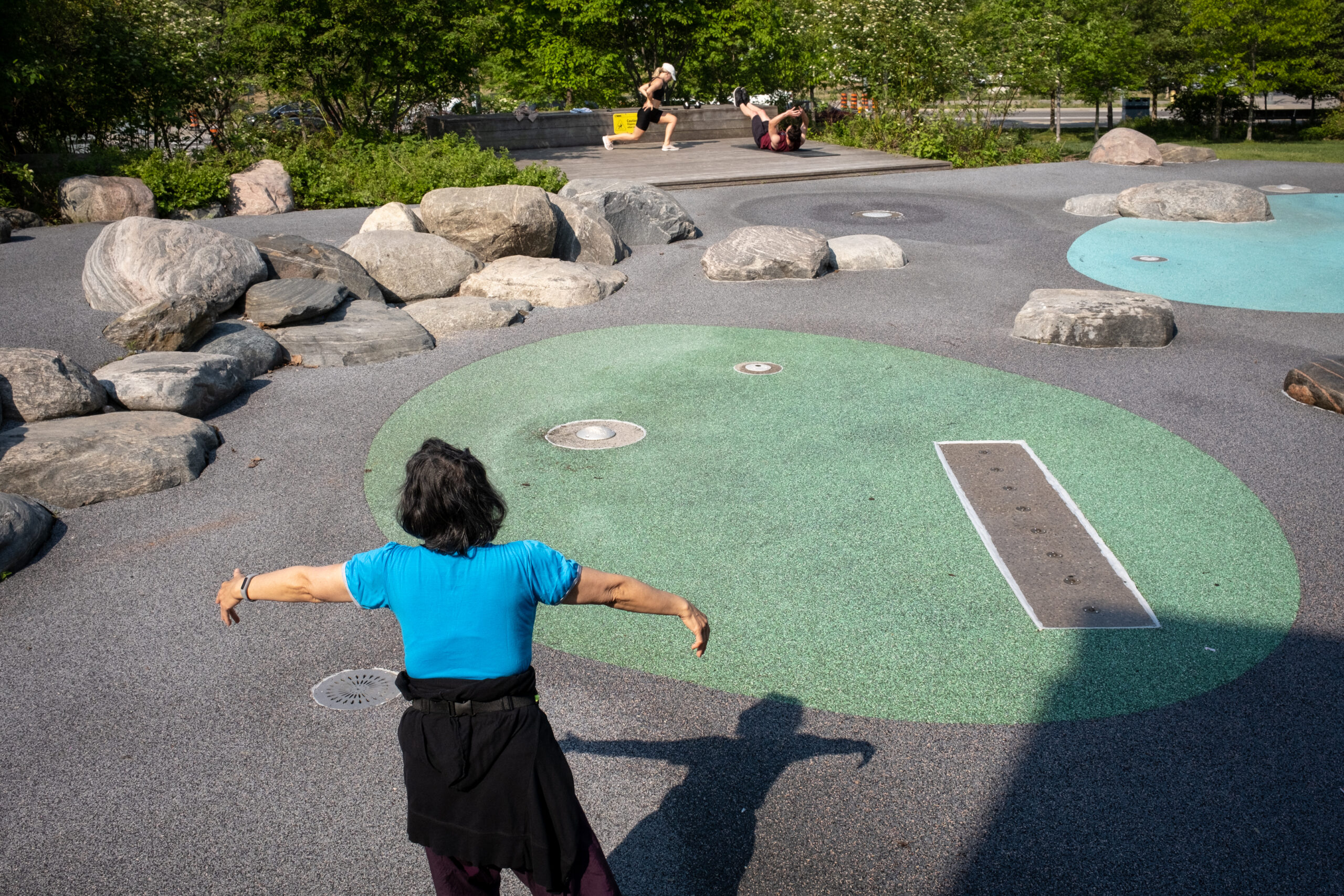
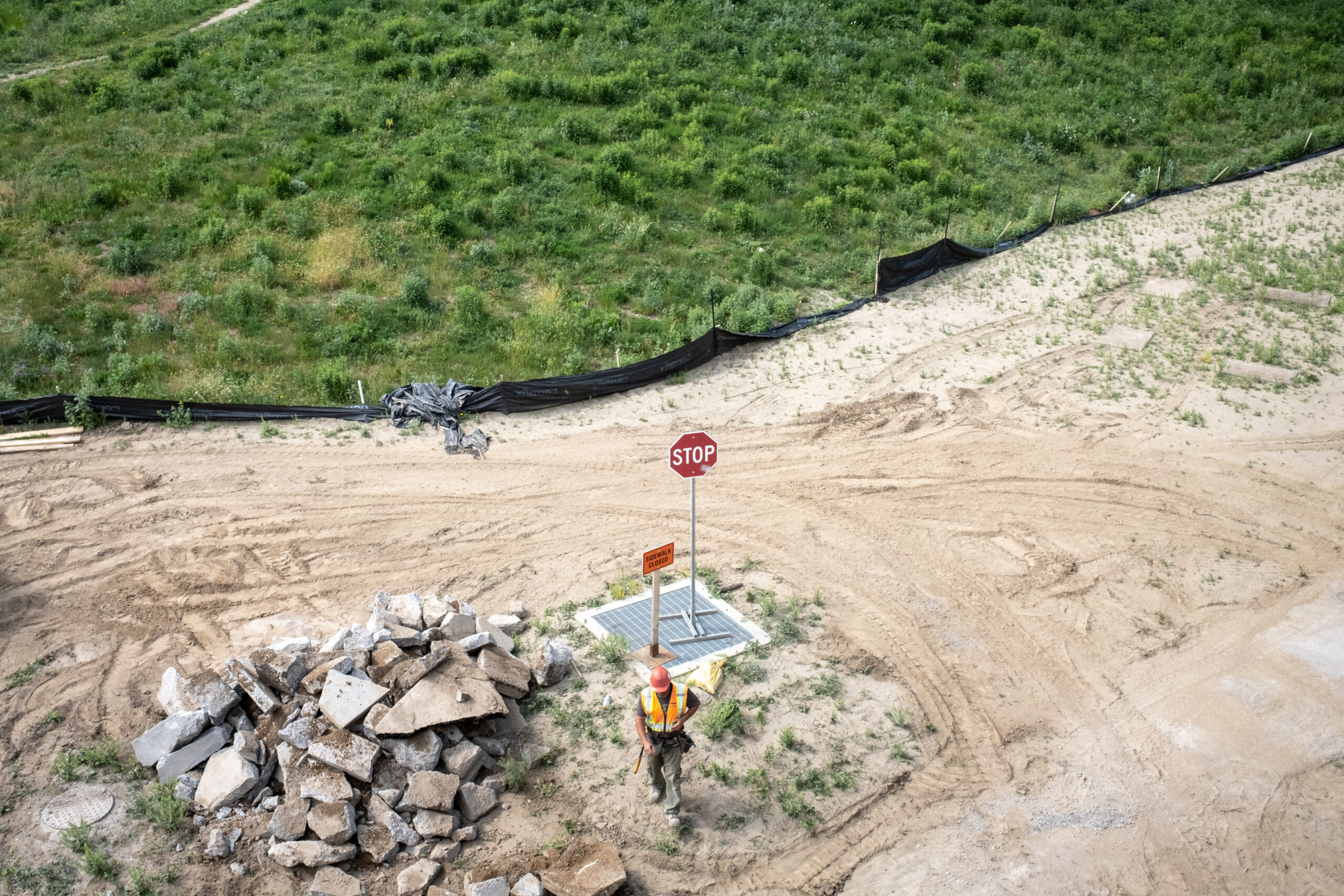
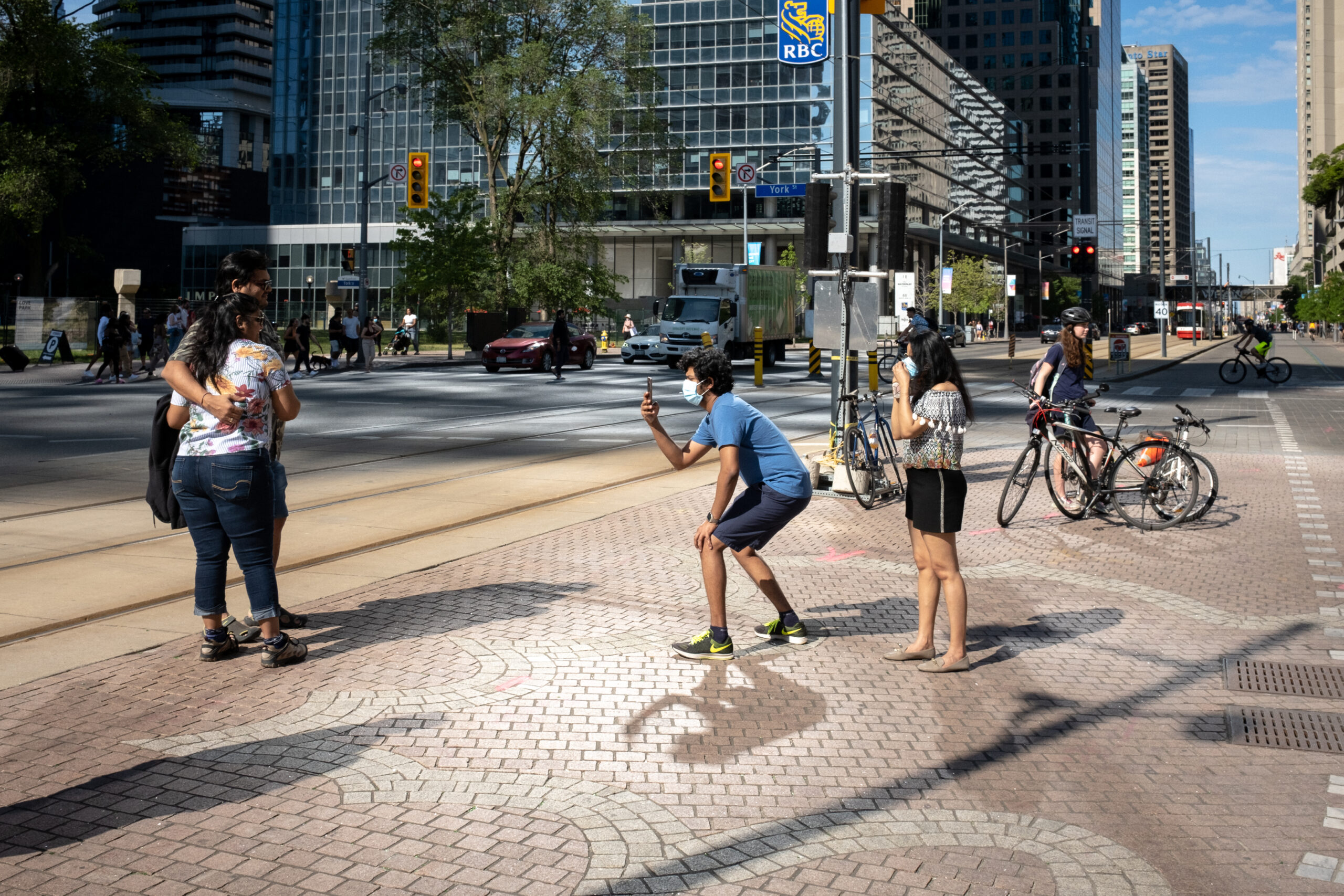
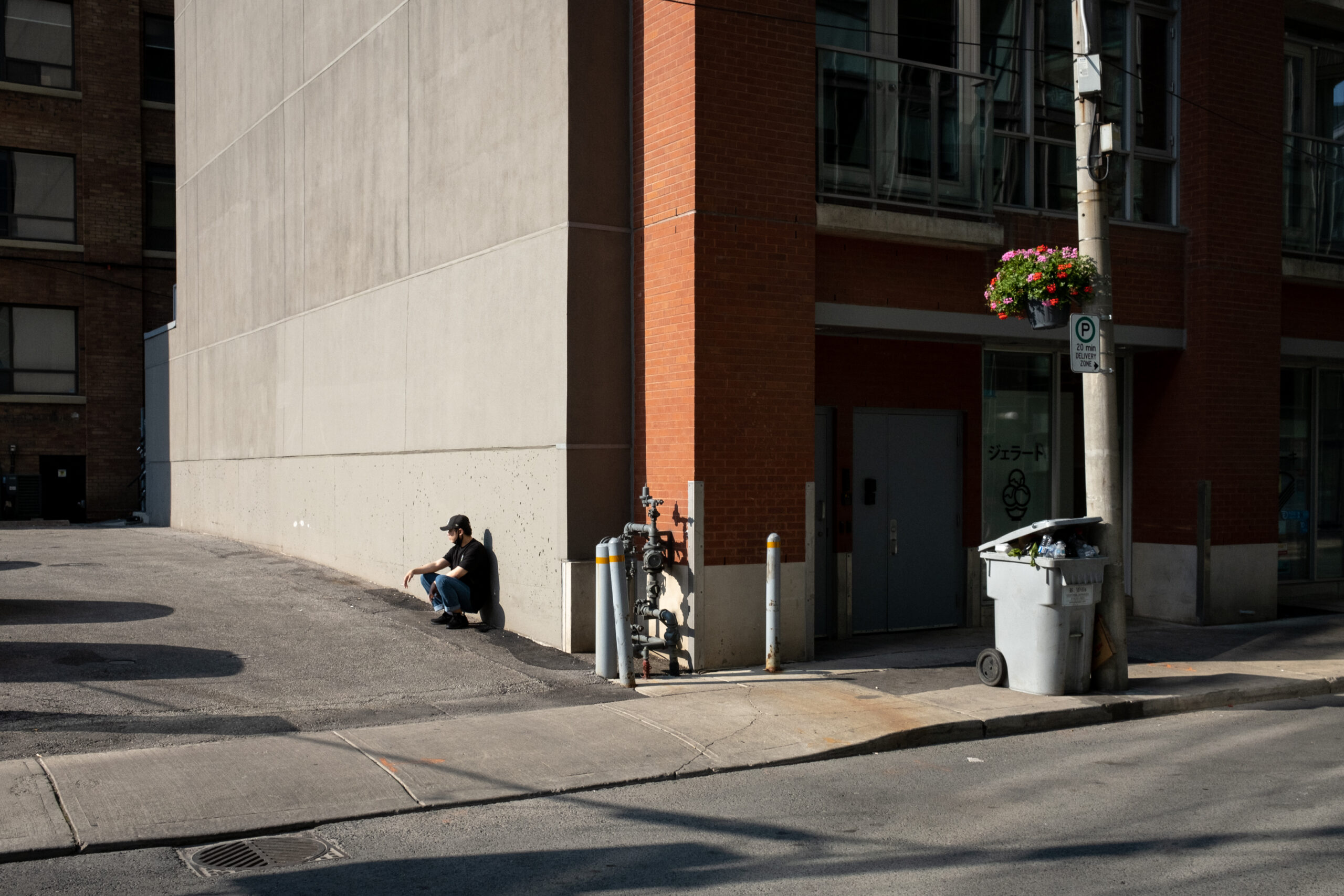
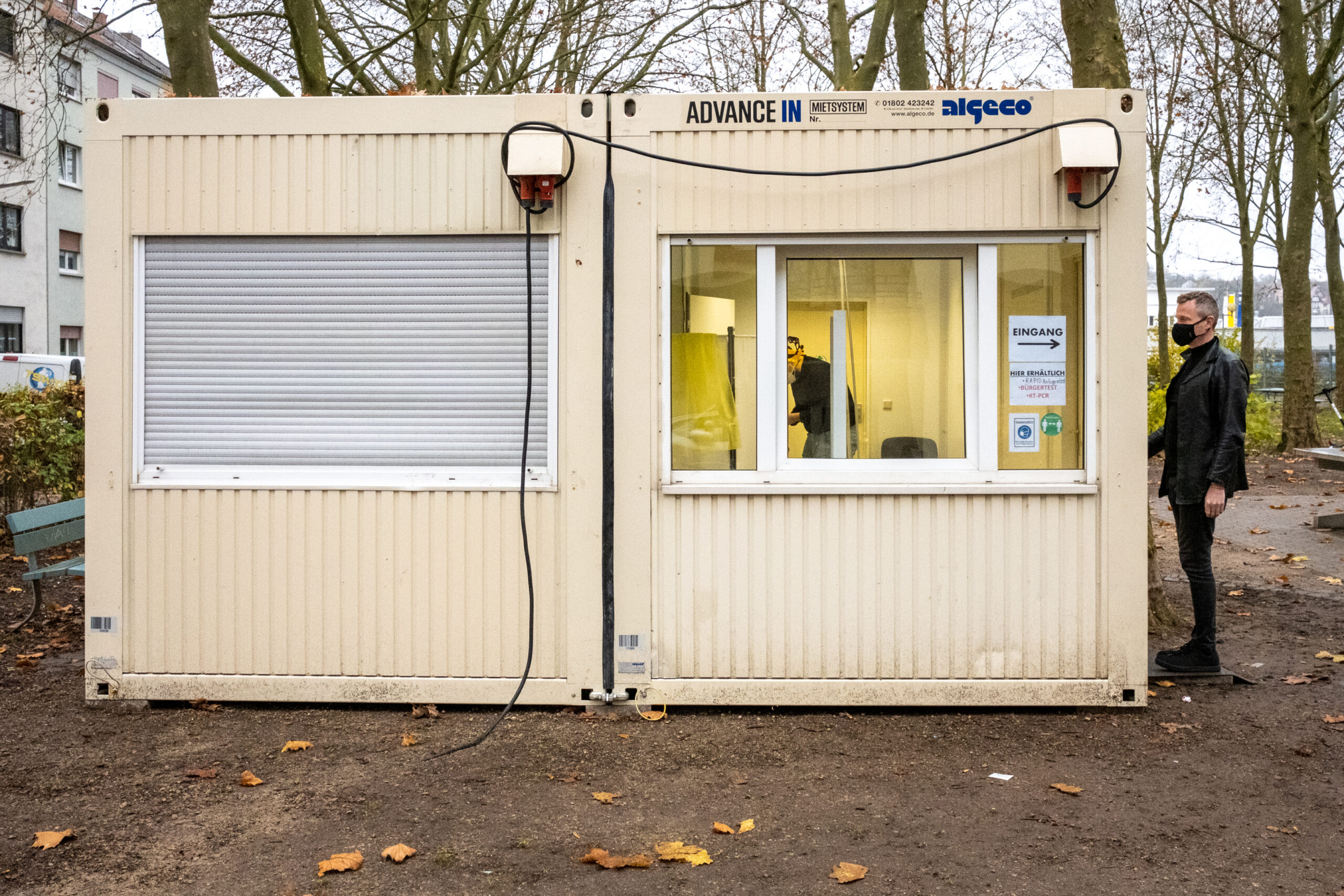
A Little Bit Better LCD But…
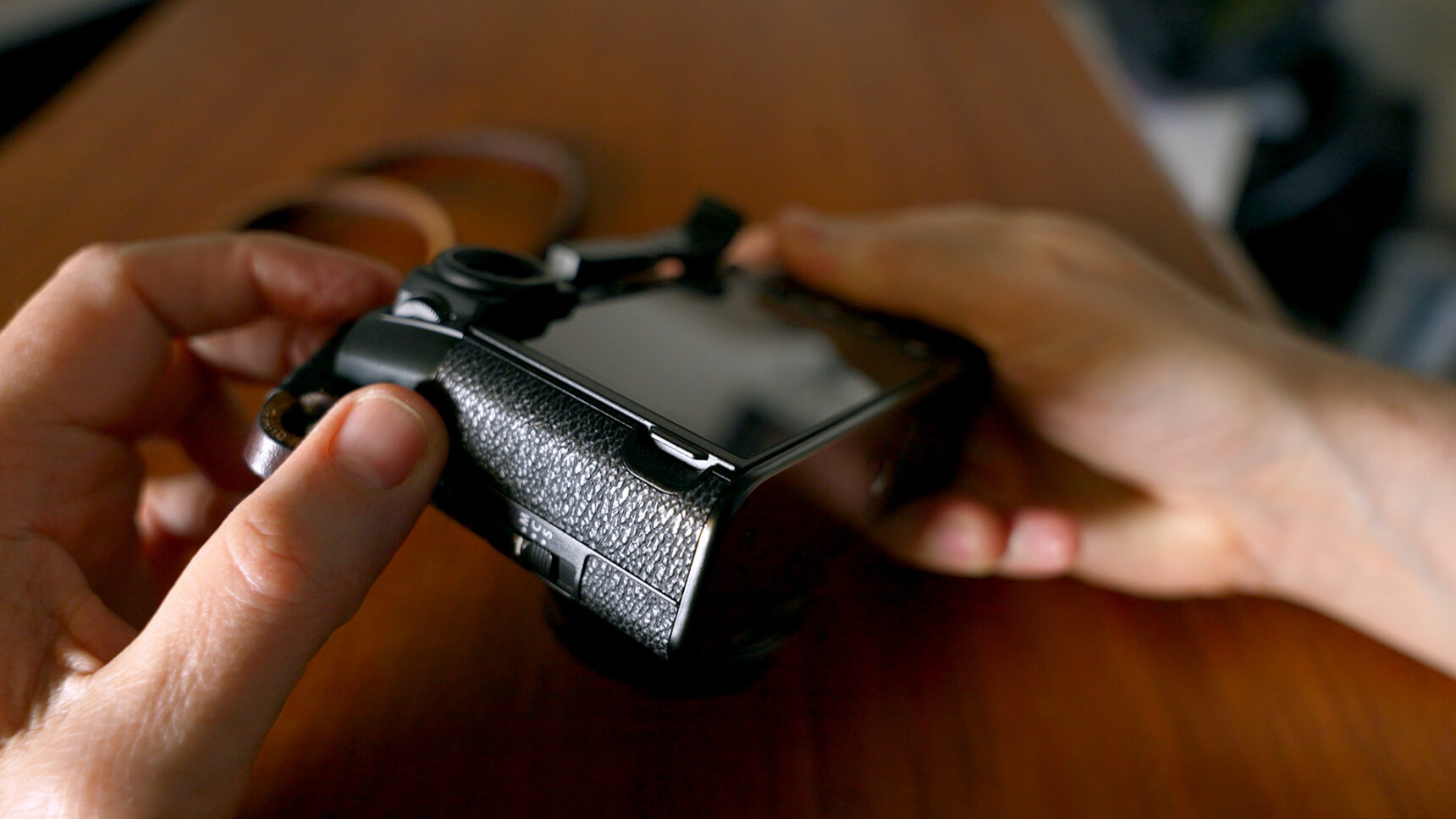
They improved the resolution of the LCD screen to 1.62 million dots (up from 1.04 million on the X100F). So that’s something.
But they also added a FRIKKIN tilty screen. And I’m not a fan.
Presumably people like to tilt the screen so they can easily shoot from the hip and shoot in ninja mode or something. But that’s just not the way I work at all. I’m a viewfinder shooter and I kind of hate the idea of this feature being there if I’m never going to use it.
To Fuji’s credit, they did come up with this a slick mounting mechanism that allows the screen to tilt up without adding any extra bulk to the camera. It’s super flush and stable and there’s virtually no wiggly bits to set off my OCD.
Of course, I’d really rather there was no flippy mechanism at all but if I have to have one? This one’s pretty slick.
I’ll give this one a solid B+!
The Hybrid Viewfinder Is Everything
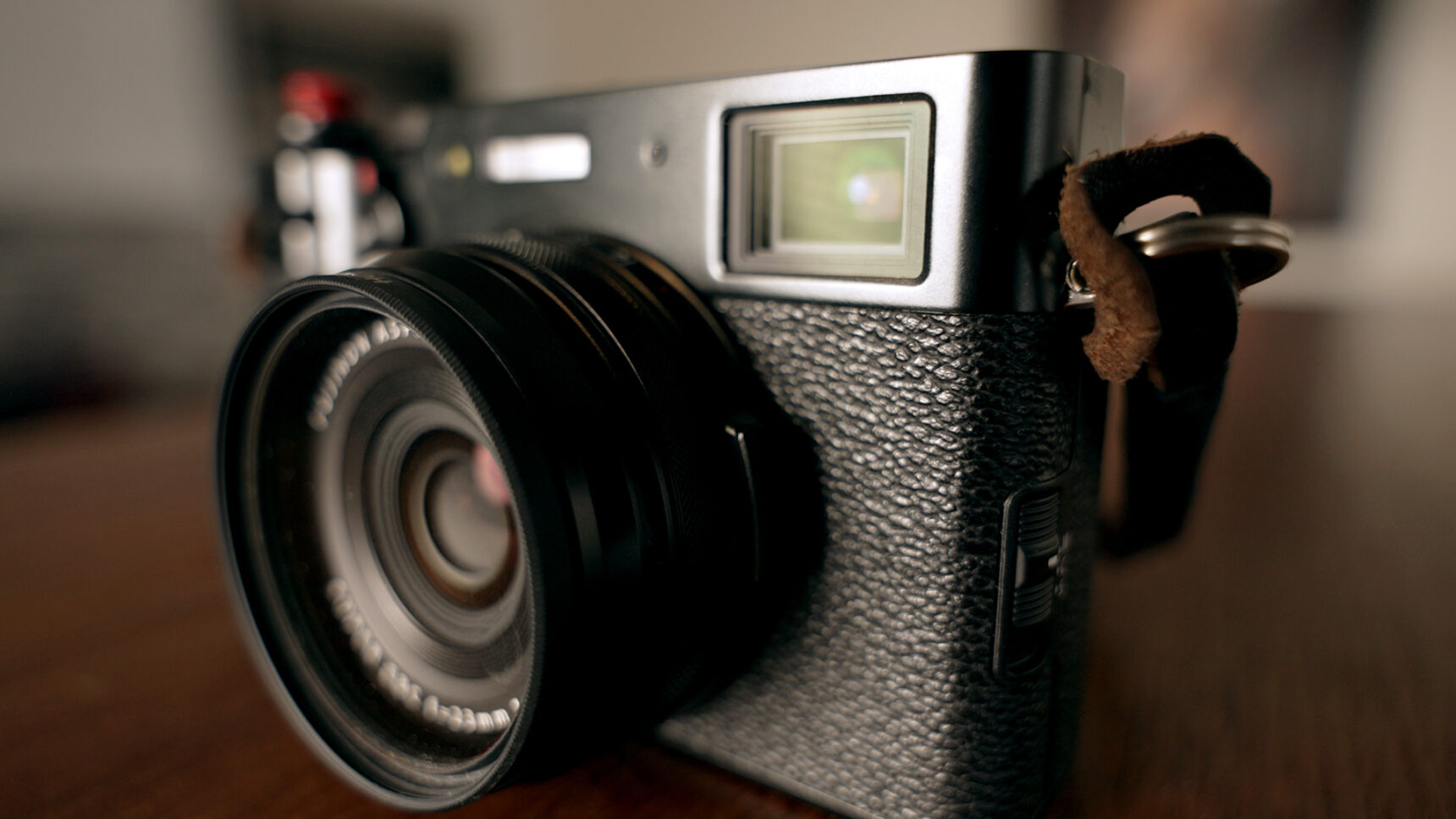
The X100V has an updated version of Fuji’s iconic hybrid viewfinder that lets you choose between a traditional optical viewfinder and an all new OLED EVF.
The optical side gets a nice little upgrade with .52X magnification (compared to .50 on the F). The view is bright and clear with minimal distortion and it’s my default viewfinder on the X100V.
But the big news comes with the EVF.
The X100V now has a 3.69 million dot OLED EVF with .66X magnification. That’s up from X100F that had 2.36 million dots and .64X mag. It uses an all-new OLED panel that offers improved contrast with 100 fps refresh rate so this EVF is finally at the point where it’s not just usable – it’s pretty damn good!!
The hybrid viewfinder is one of the original killer features of the X100 line and the improvements they made in the X100V puts it way over the top for me.
I know a lot of folks are going to gravitate to the excellent EVF in the X100V and with good reason. The image is crystal clear with virtually no lag. But don’t underestimate the value of having an optical viewfinder on board as well.
I shoot a lot of flash at night and other indoor events where a typical EVF would have to gain-up to display any kind of image. It’s good to know I can switch to the OVF and clearly see my subjects. That’s what it’s all about!
Monochrome, monochrome, monochrome!
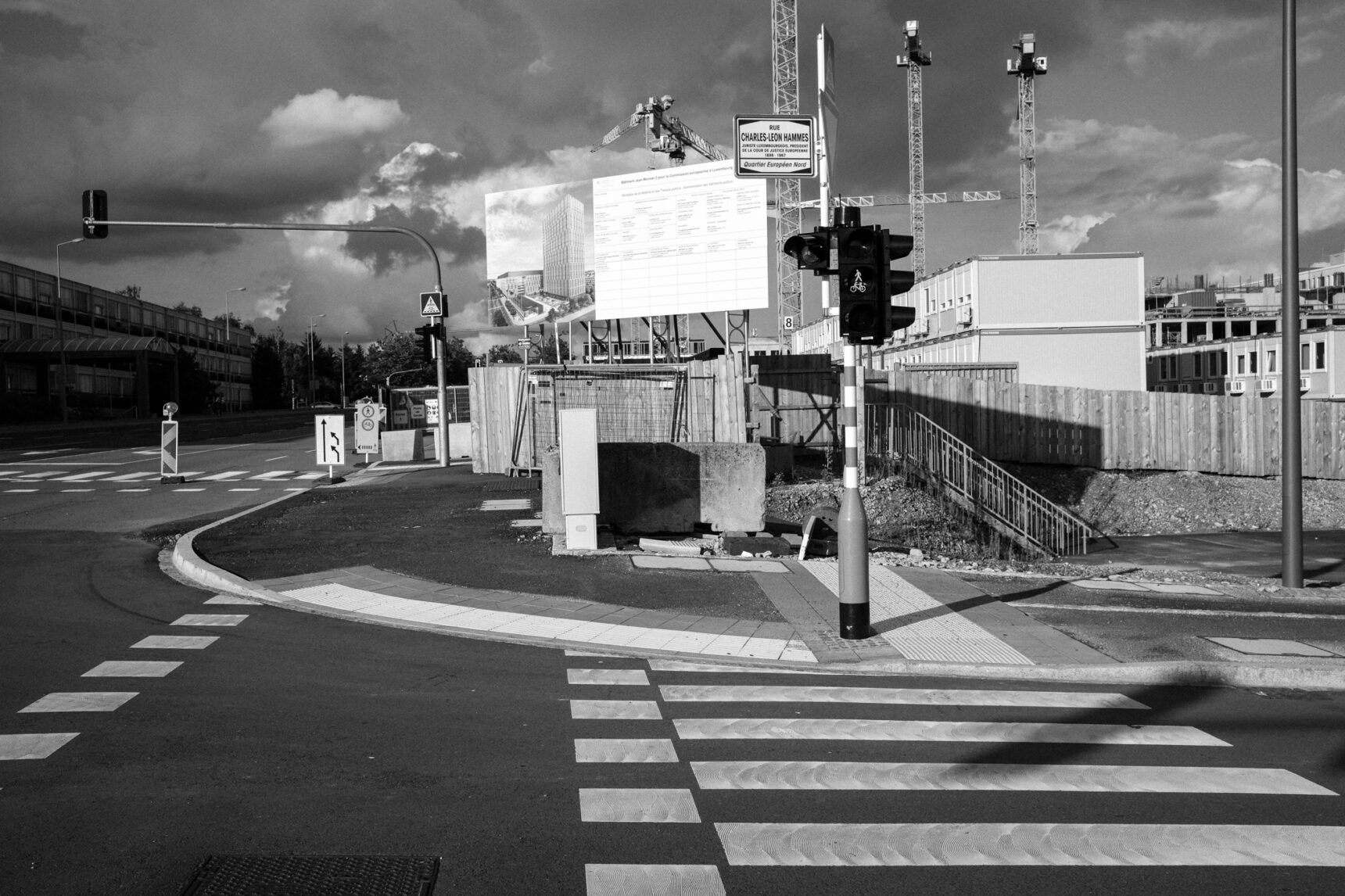
I learned to shoot black and white film when I was studying photography way back in the 1980s.
I don’t want to romanticize the whole shooting film thing but there’s something to be said about the way black and white film renders the world in lush silvery tones. I’ve never been able to duplicate that look by converting color images to black and white in post… So I typically stayed away from black and white in the digital age.
Then I discovered Fuji’s Acros film simulation and I was all about it!
DISCLAIMER – THIS IS NOT AN X100V EXCLUSIVE FEATURE!
The Acros film simulation is in just about every Fuji camera at this point so it’s not exclusively an X100V thing. And it’s not exactly new. But it’s in there. And it makes this little camera a black and white powerhouse. So I’m including it in the list of things I love about this camera!
Here’s what I like about it.
The Acros simulation maps the tones beautifully and creates a lovely silvery image with just the right amount of midtone contrast. But it’s also the way Acros handles grain. There are different patterns and amounts of grain in the highlights and shadows and the higher you push the ISO the more pronounced the grain becomes. Just like regular old film.
Let’s not fool ourselves here… Nothing really duplicates the look of actual black and white film. But Acros is one of the best (if not the very best) black and white simulations I’ve used on any digital camera. Black and white images out of my X100V have a look that I’ve never been able to duplicate in post.
X100V Black And White Gallery
Here’s some black and white shots I took with my X100V:
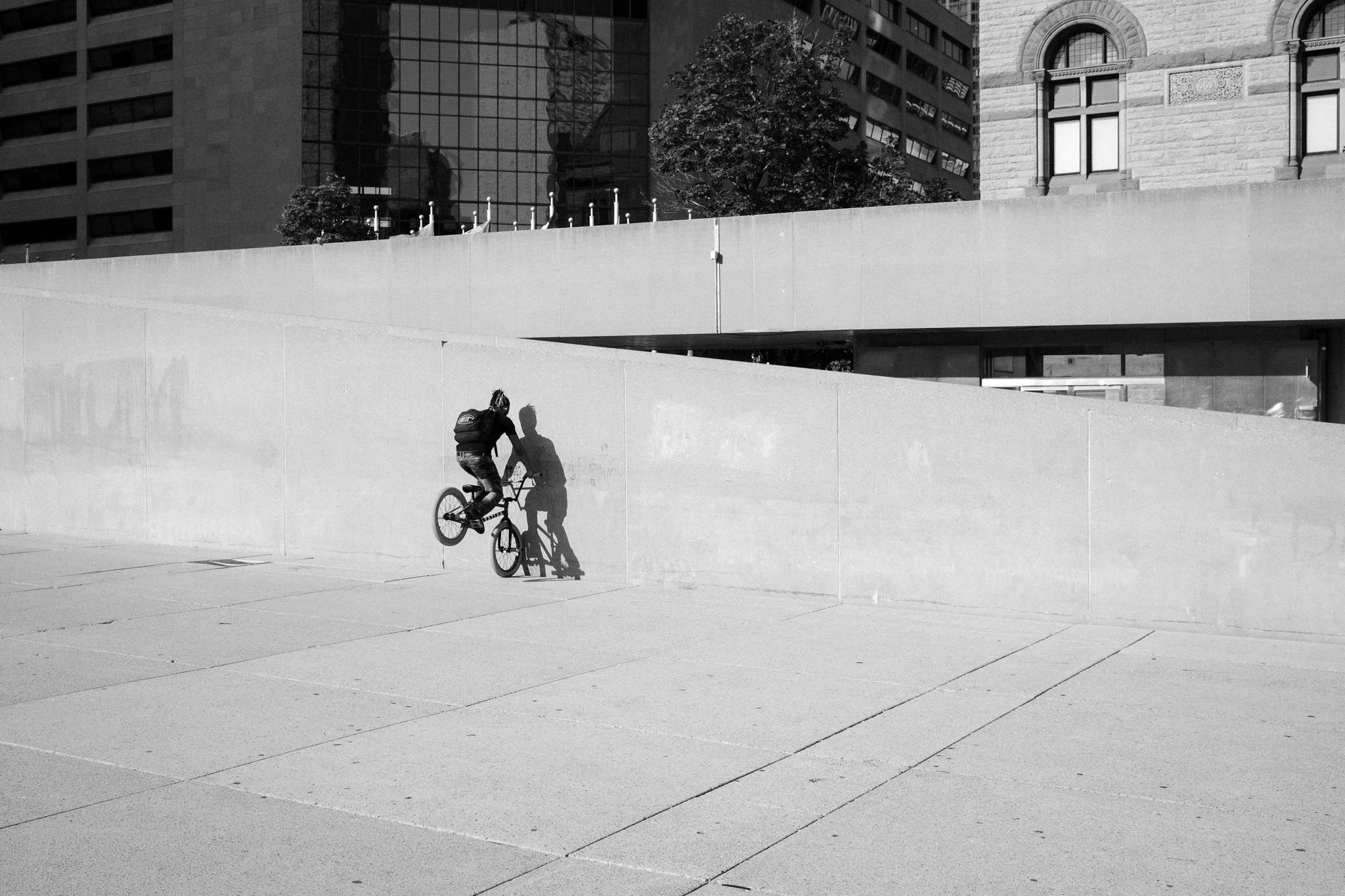
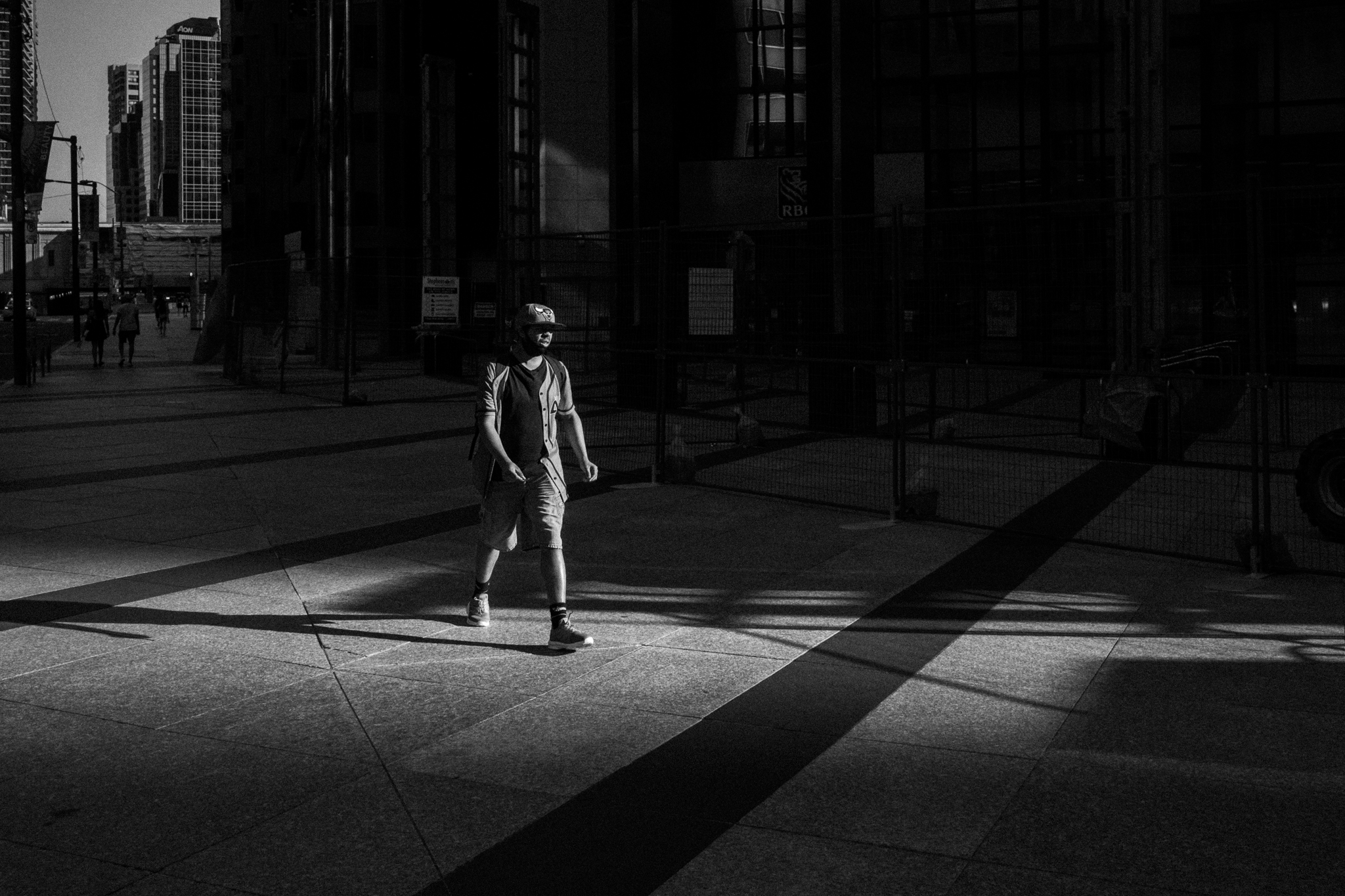
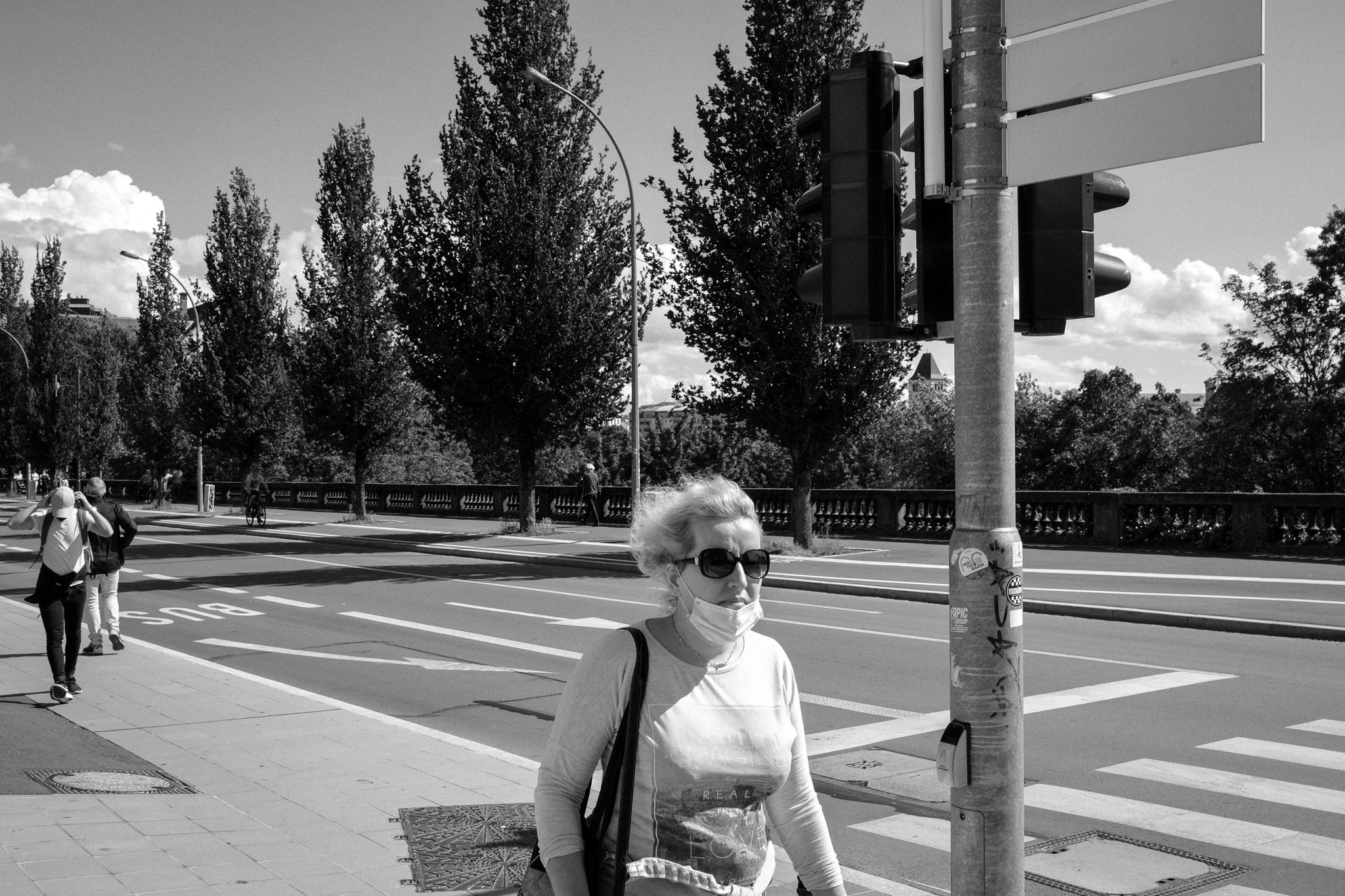
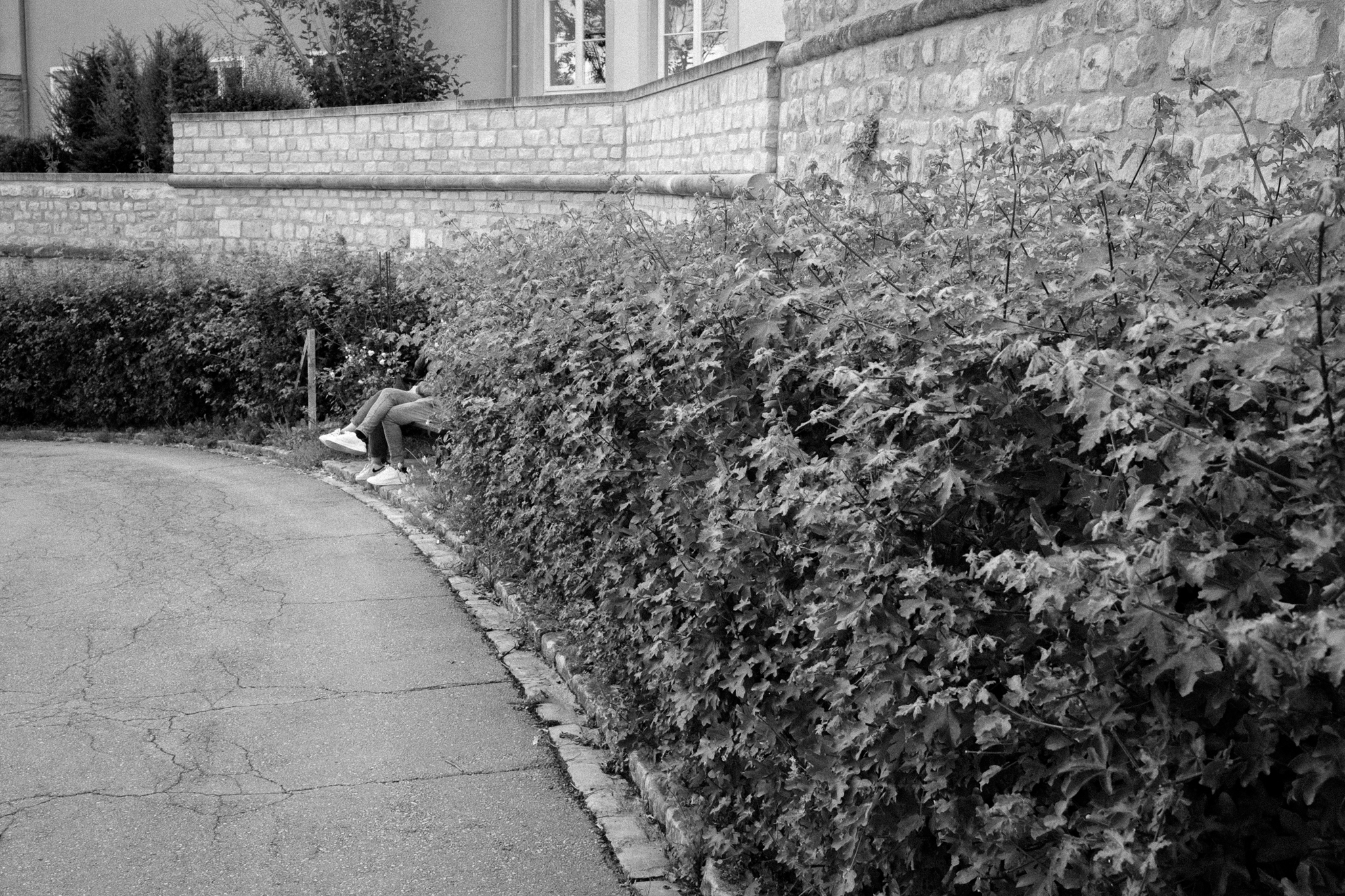
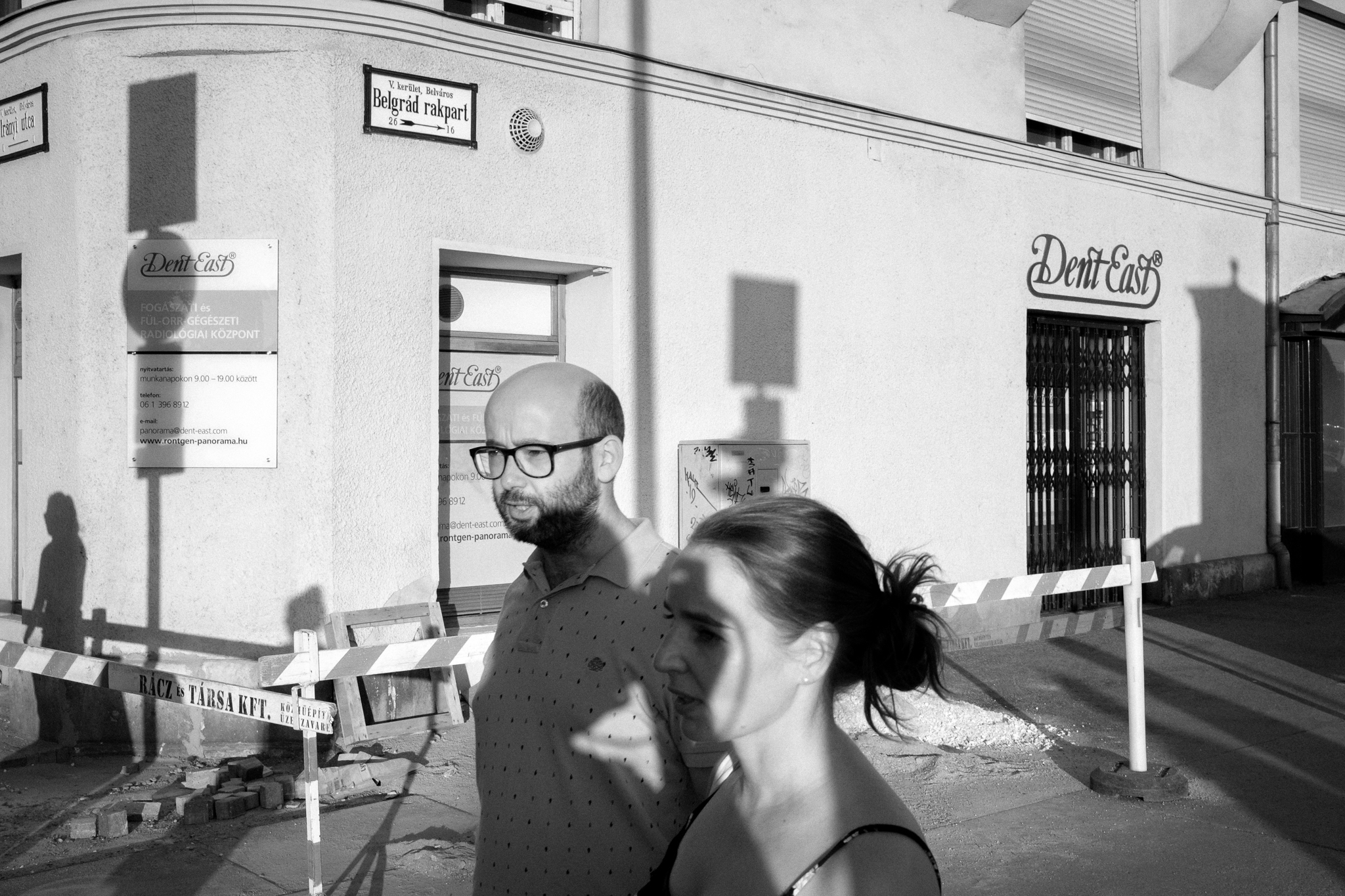
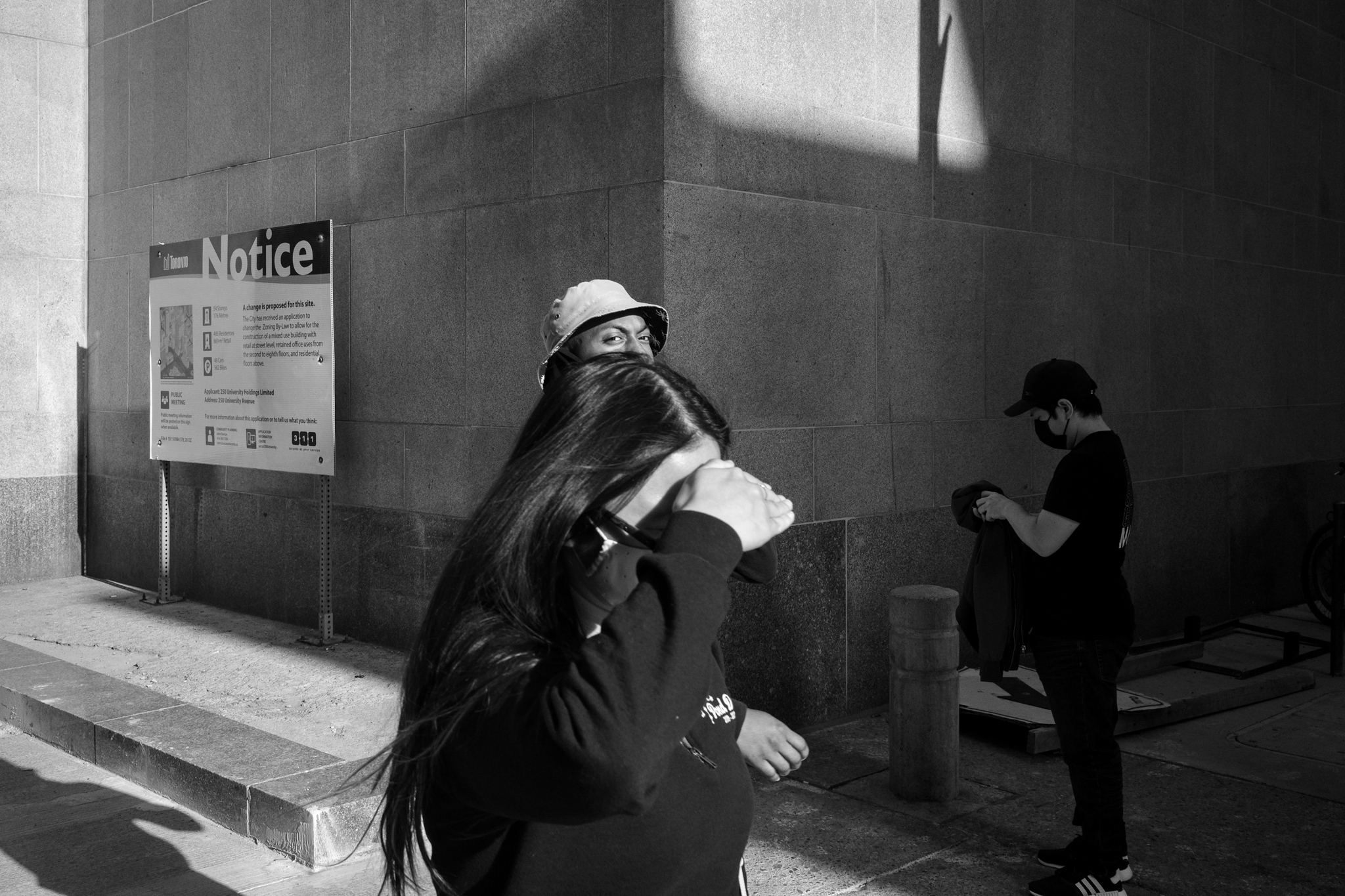
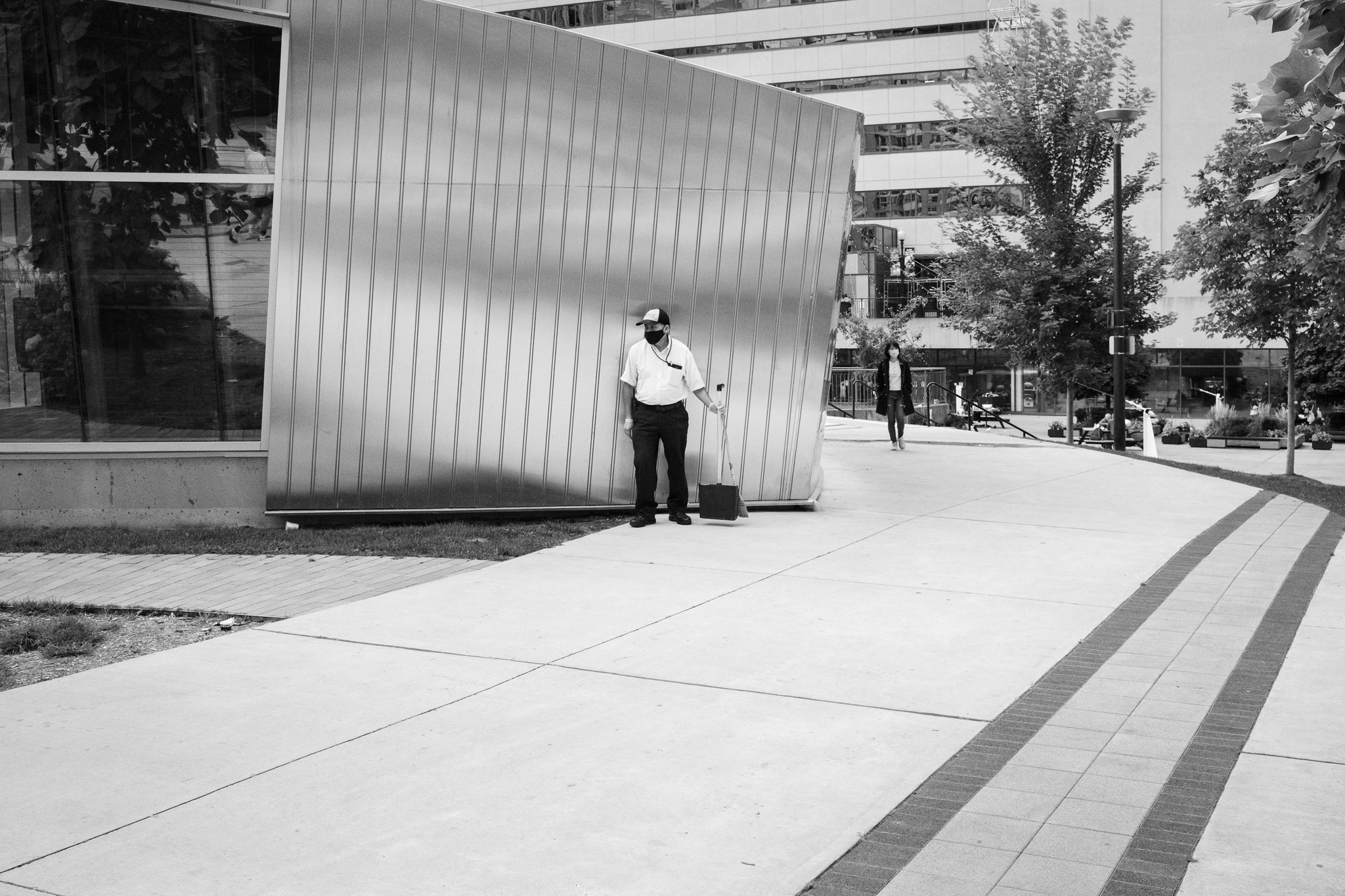
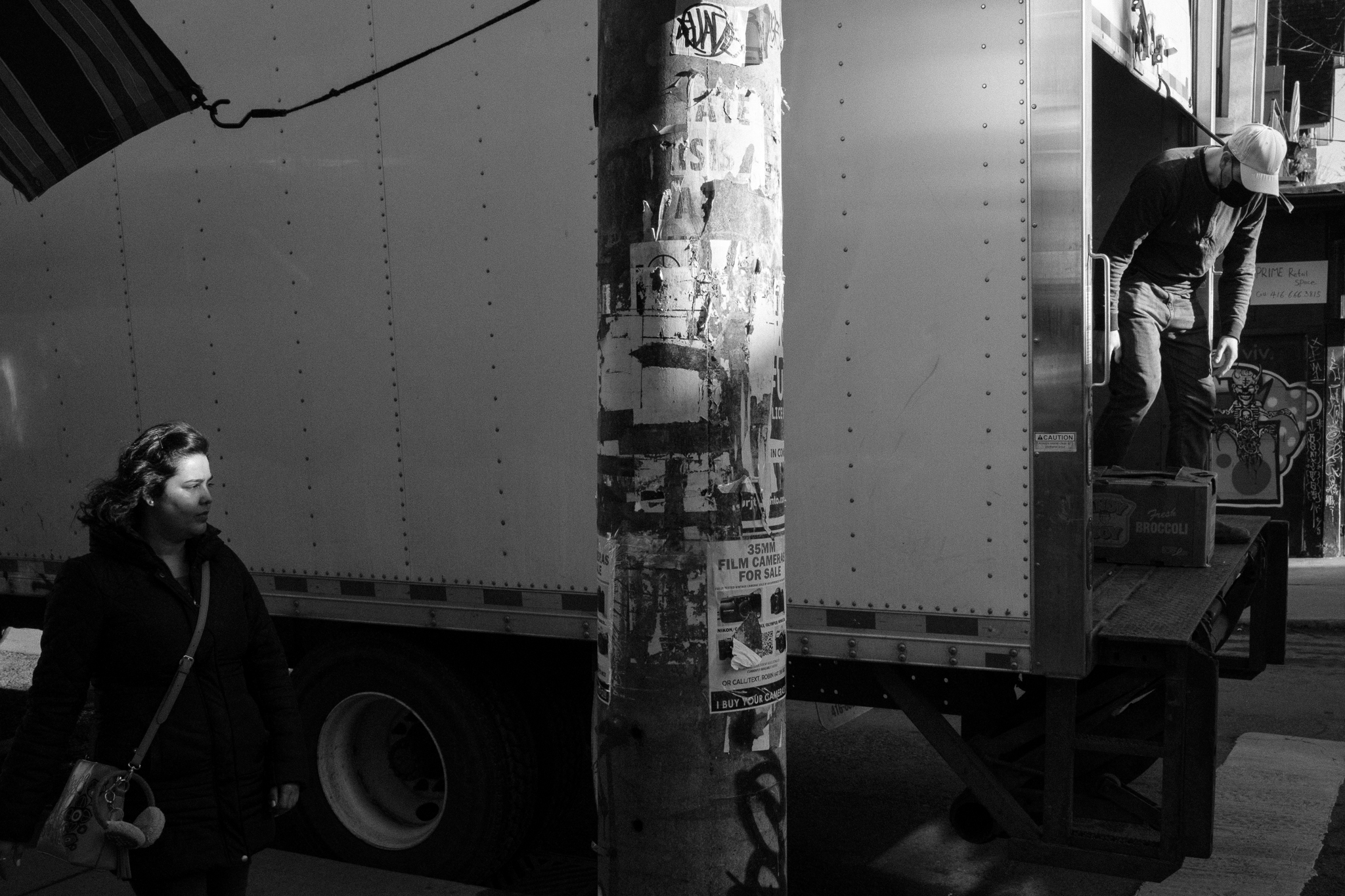
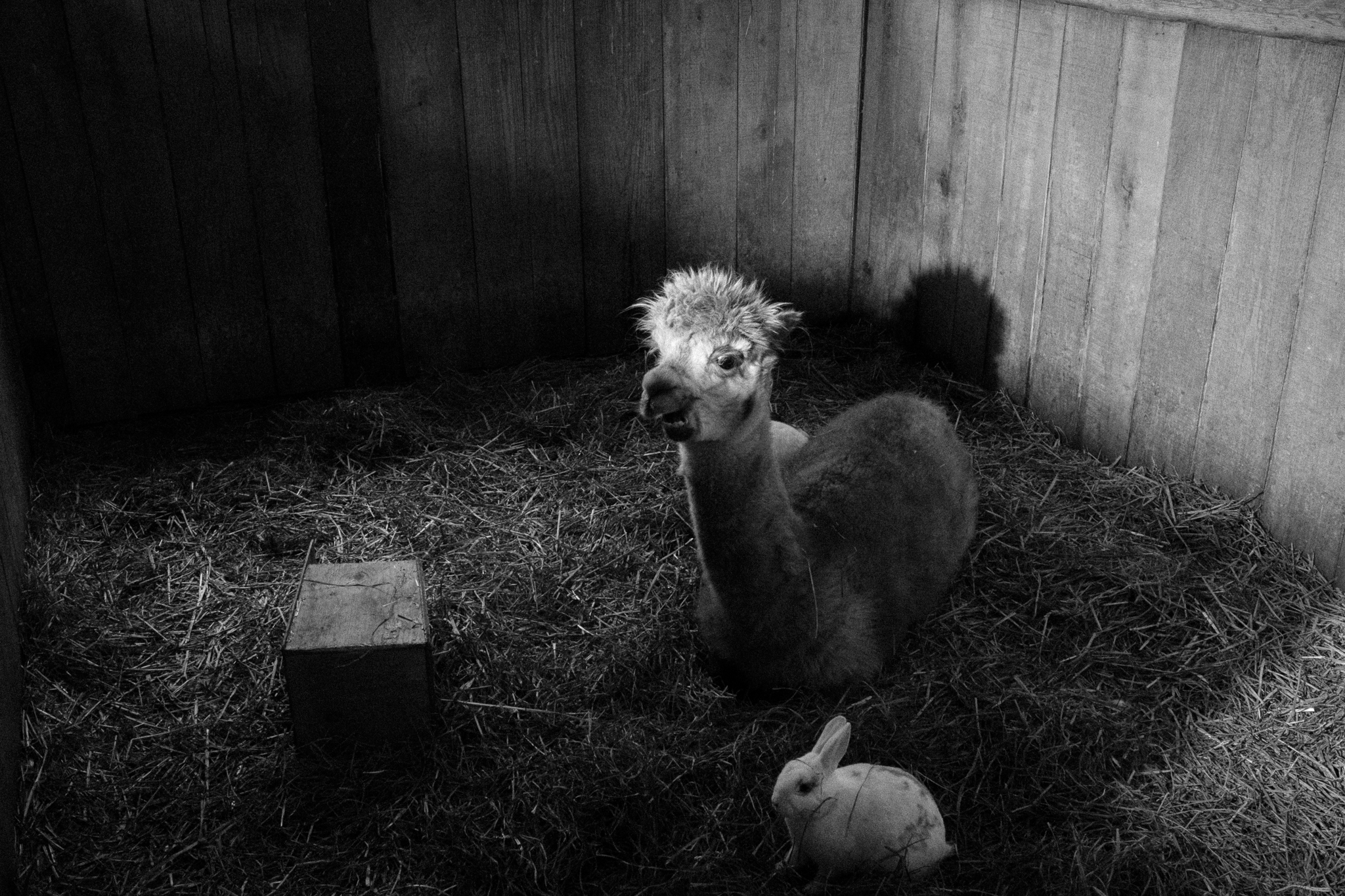
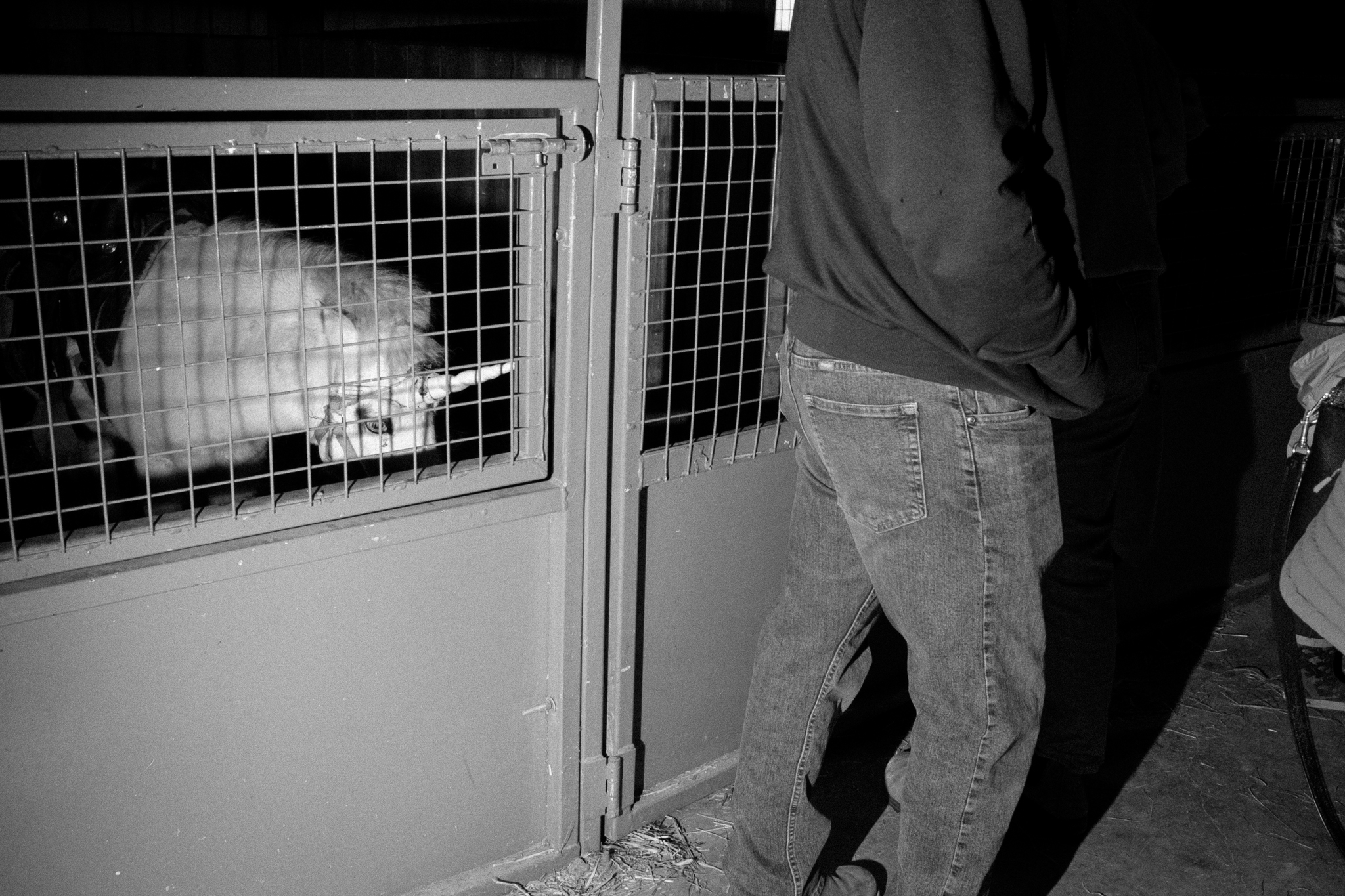
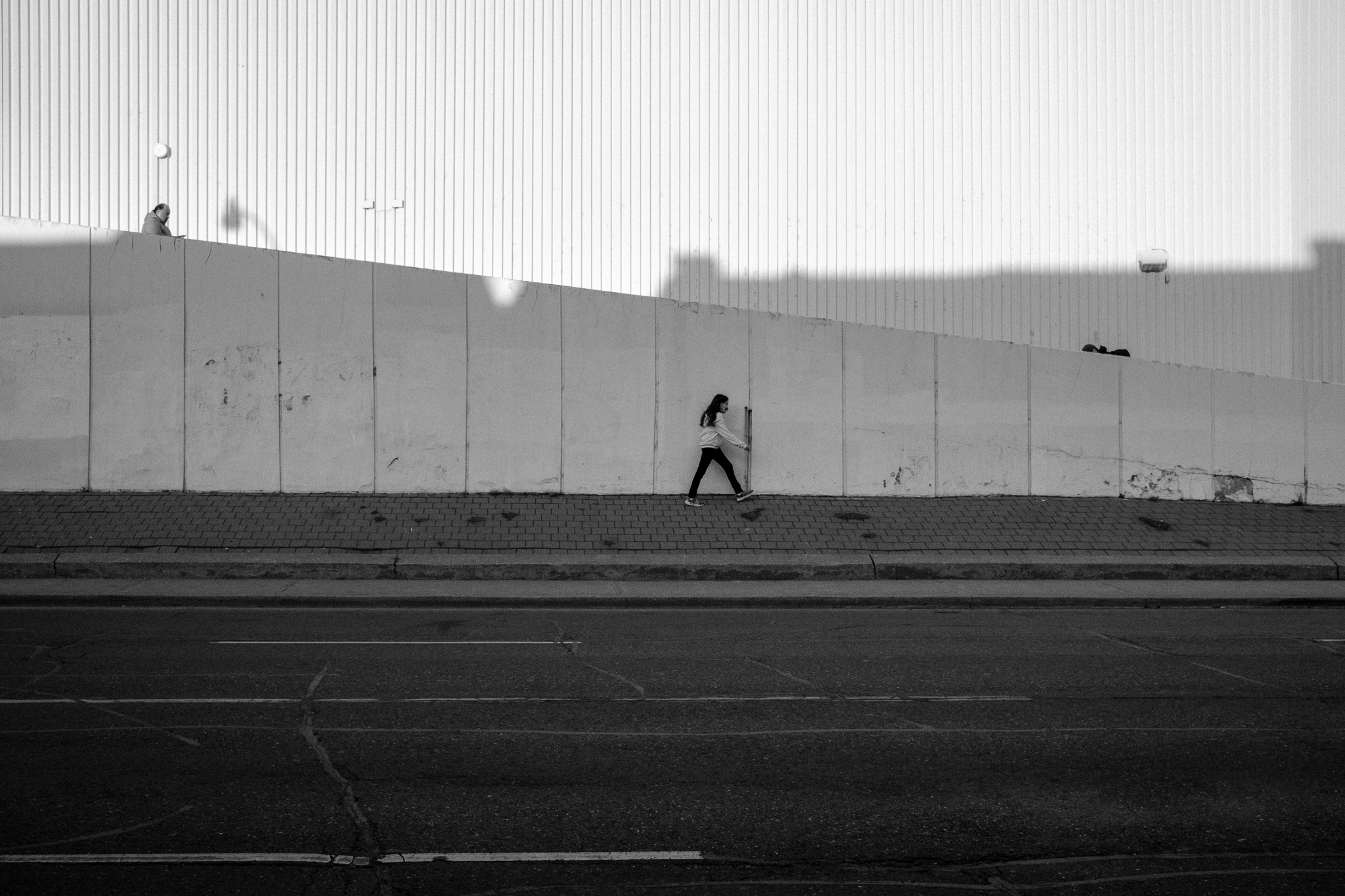
And ya, I know… There’s all the Leica monochrom variants that are incredibly good. But those cameras are stupid expensive… Don’t get me wrong – I’d love to have a Q2 monochrom bit that would be a reward camera rather than a practical solution.
And to be clear… Acros isn’t just “good enough”. It’s actually really good. More than enough to satisfy my black and white bug.
For now anyway.
What Is The X100 Magic?
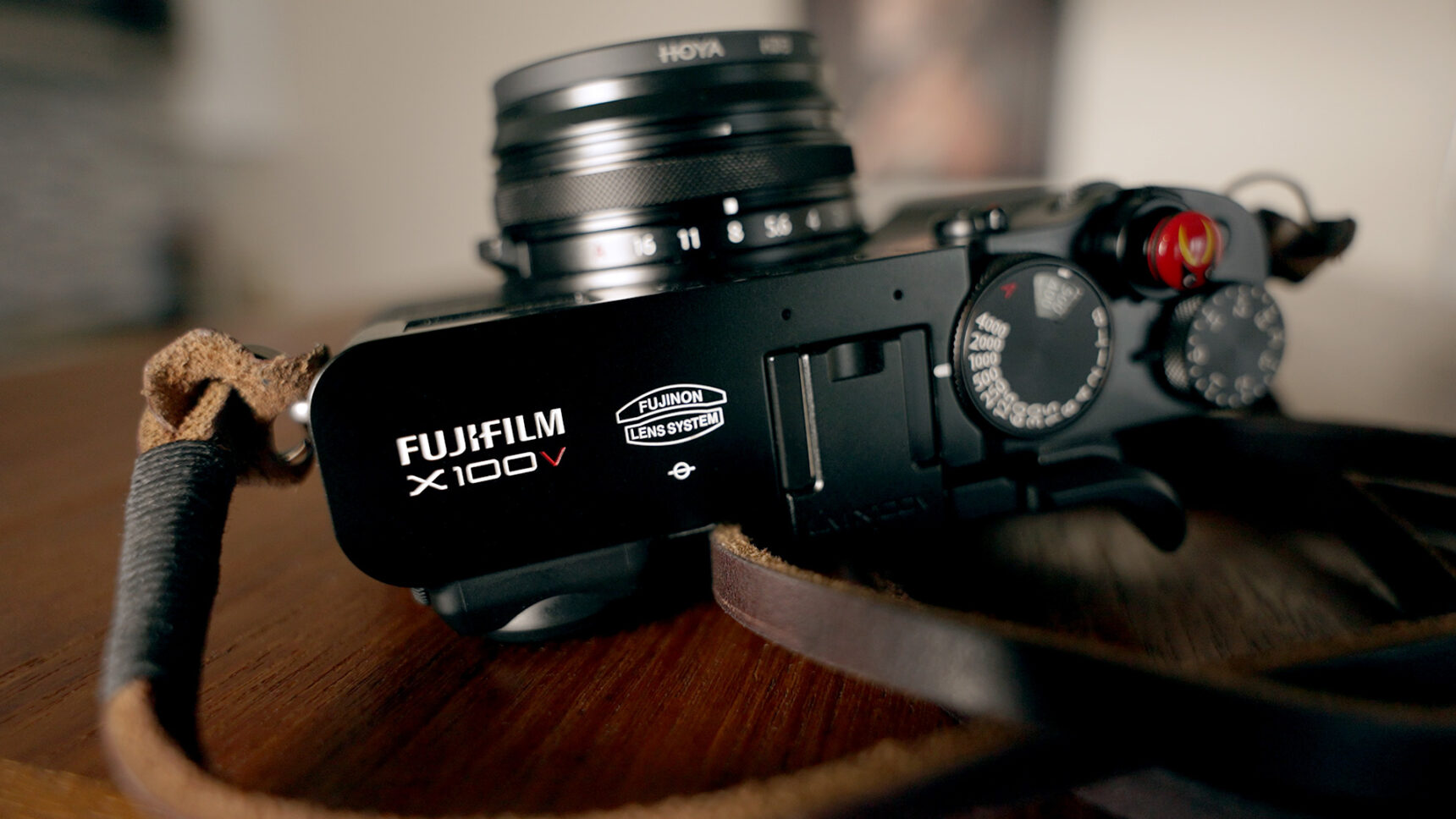
So the X100V got some pretty nifty upgrades over the X100F. But that doesn’t really answer the question of why I keep coming back to the X100 series year after year.
I mean, at the end of the day the X100V is just a fixed lens APS-C camera that’s a step above a point and shoot. While some people might see this as a limitation I think that’s what makes this camera shine. It doesn’t have room to try to be anything that it’s not.
There are a ton of cameras that run circles around the X100V’s specs. But in spite of everything this camera isn’t…I keep producing memorable images with my trusty X100S,T, F or V around my neck.
I’ve shot with Leicas and Sonys and Ricohs (Oh my!) And for me, at least, I’m always aware that I’m shooting with a Sony or a Leica or a Ricoh. Whether it’s the overwhelming price of a Leica or the irrational interface of a Sony – There always seems to be something about those cameras that stands between me and the act of shooting.
But this unassuming little camera just gets out of the way and reminds me that I’m an essential part of the image making process. I’m not shooting with an X100V so much as I’m just shooting.
And that’s probably why I keep coming back to these little cameras.
You can pick up an X100V from your favorite online retailer:
X100V (Black) at B&H.
X100V (Silver) at B&H.
Canadian readers can find the X100V at Canada’s favorite camera store:
X100V (Black) at CameraCanada.
X100V (Silver) at CameraCanada.
Please support StreetShootr and use one of the links on this page if you decide to purchase the X100V in black or silver. It costs you nothing extra but I will receive a small commission that helps keep this site alive and growing. Thanks for your support!
What’s your take on the Fuji X100V for street photography? A worthy successor to the X100F? Or were you expecting more from the the ultimate X100? Post your ideas in the comments below and keep the conversation going!

